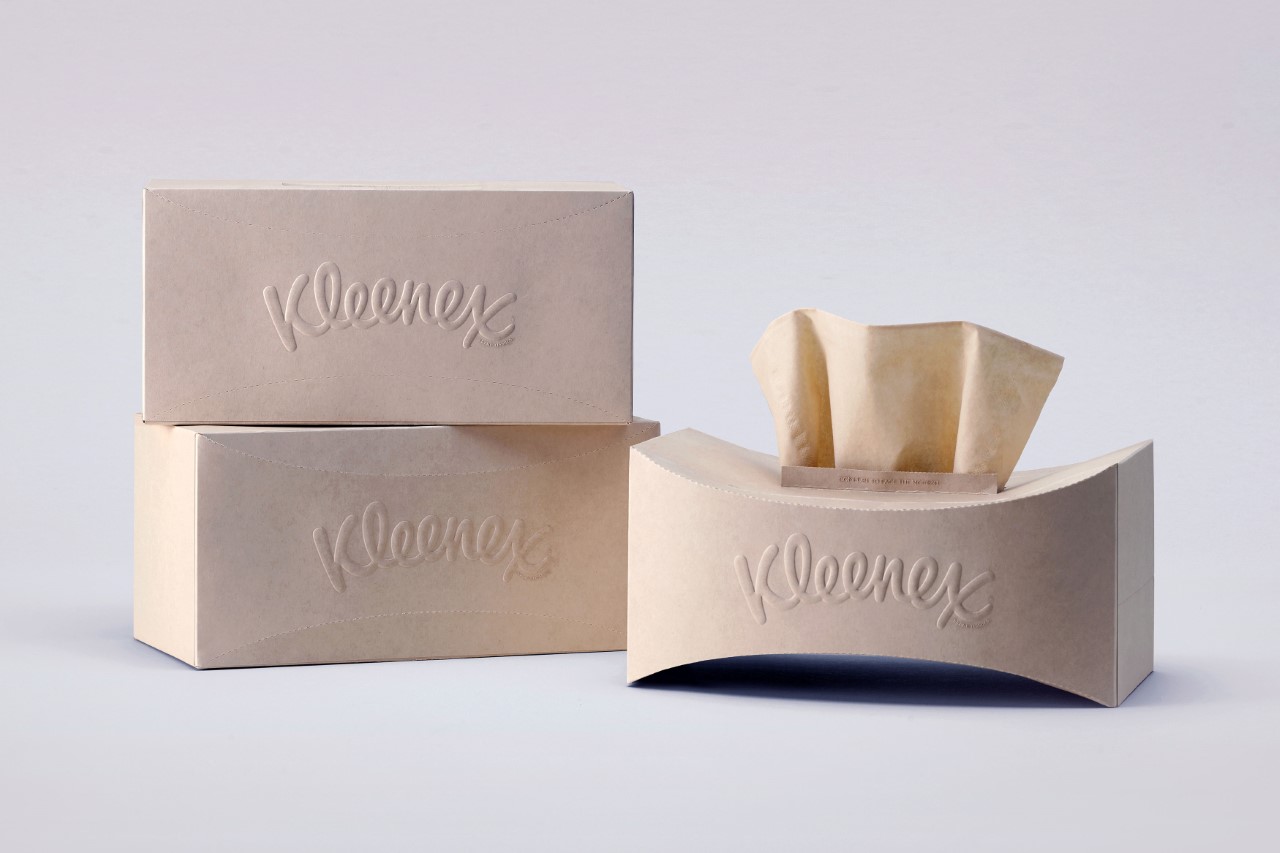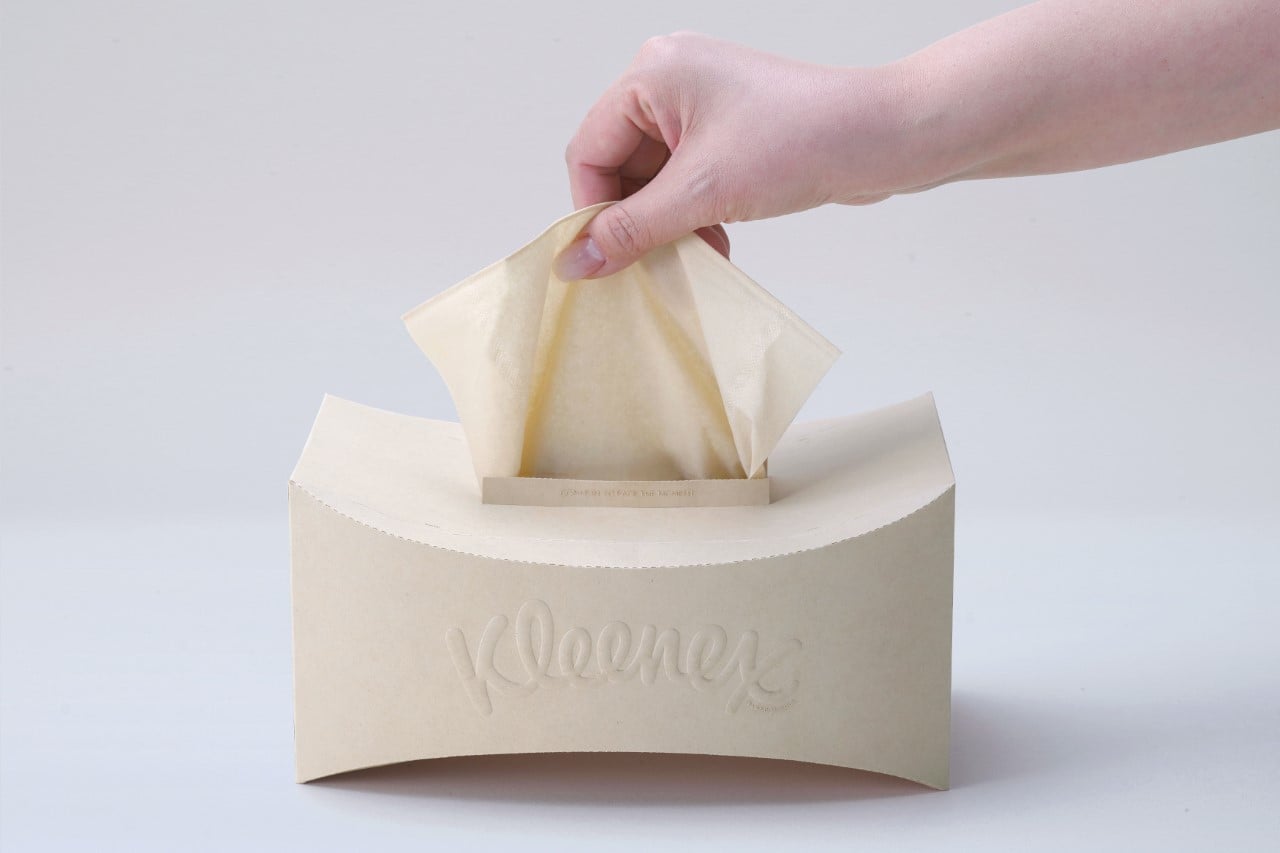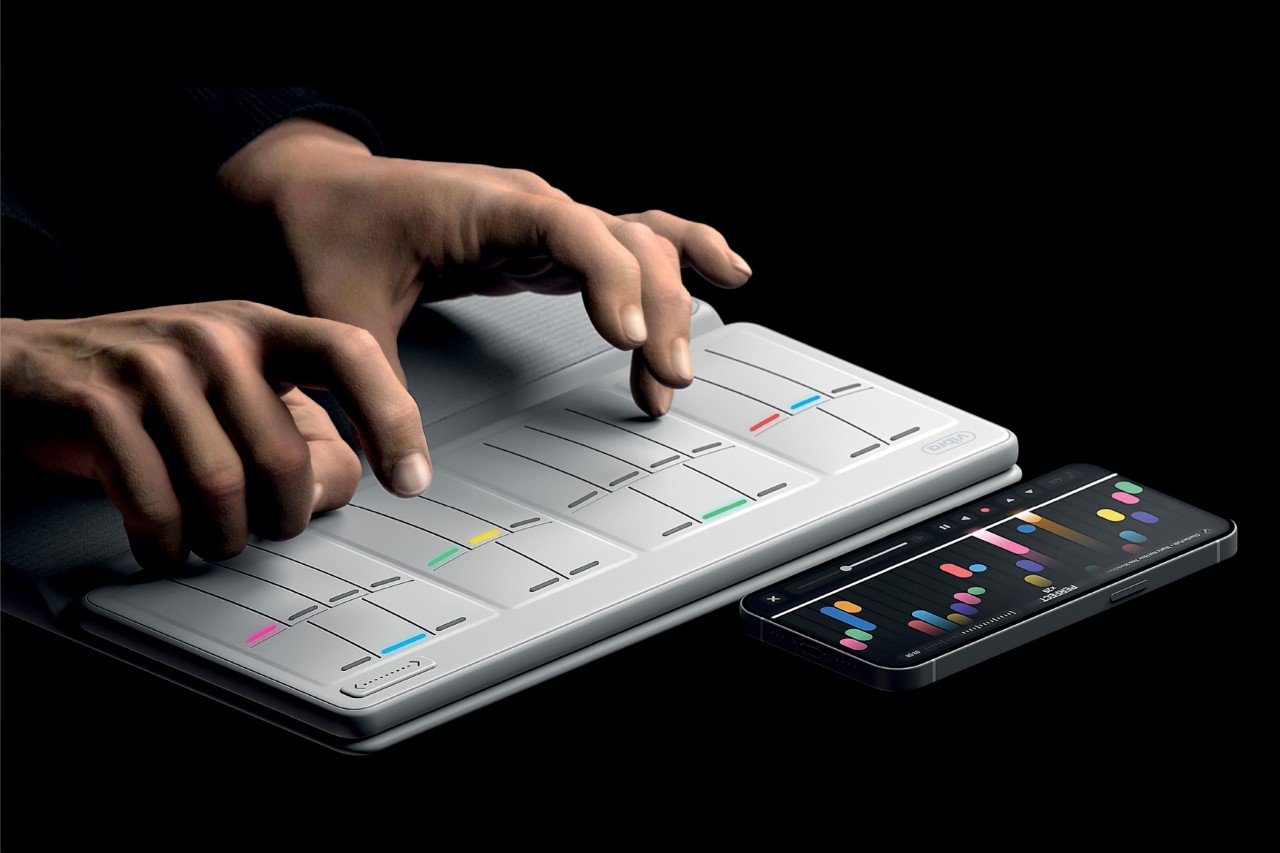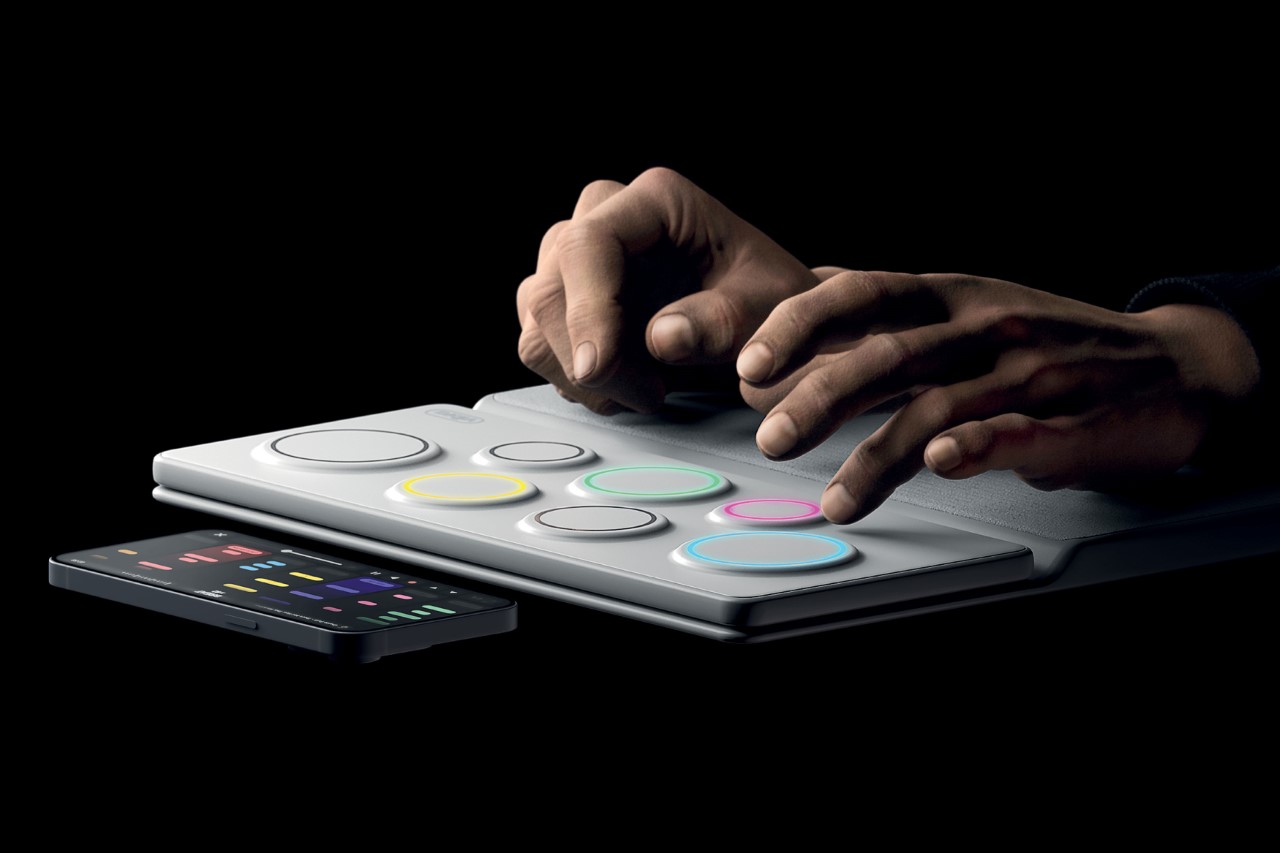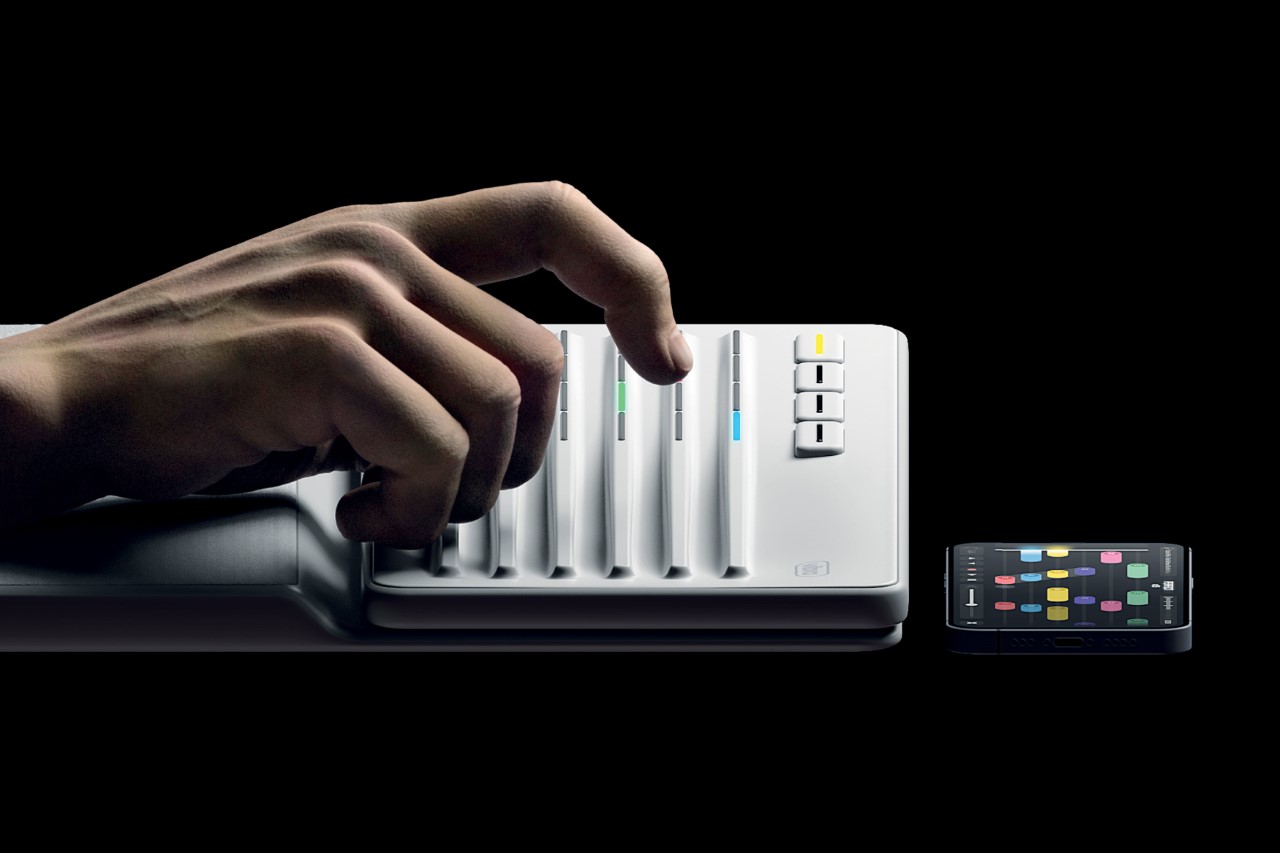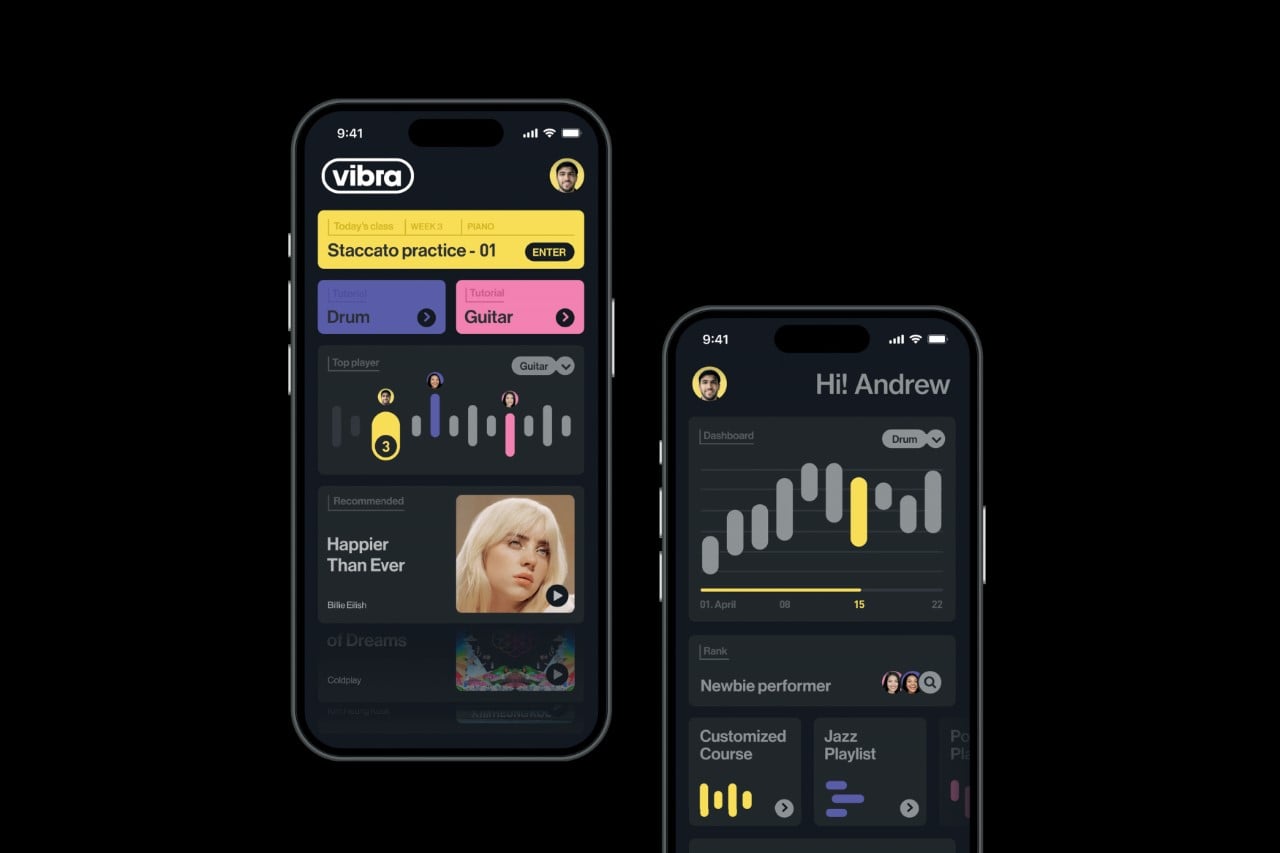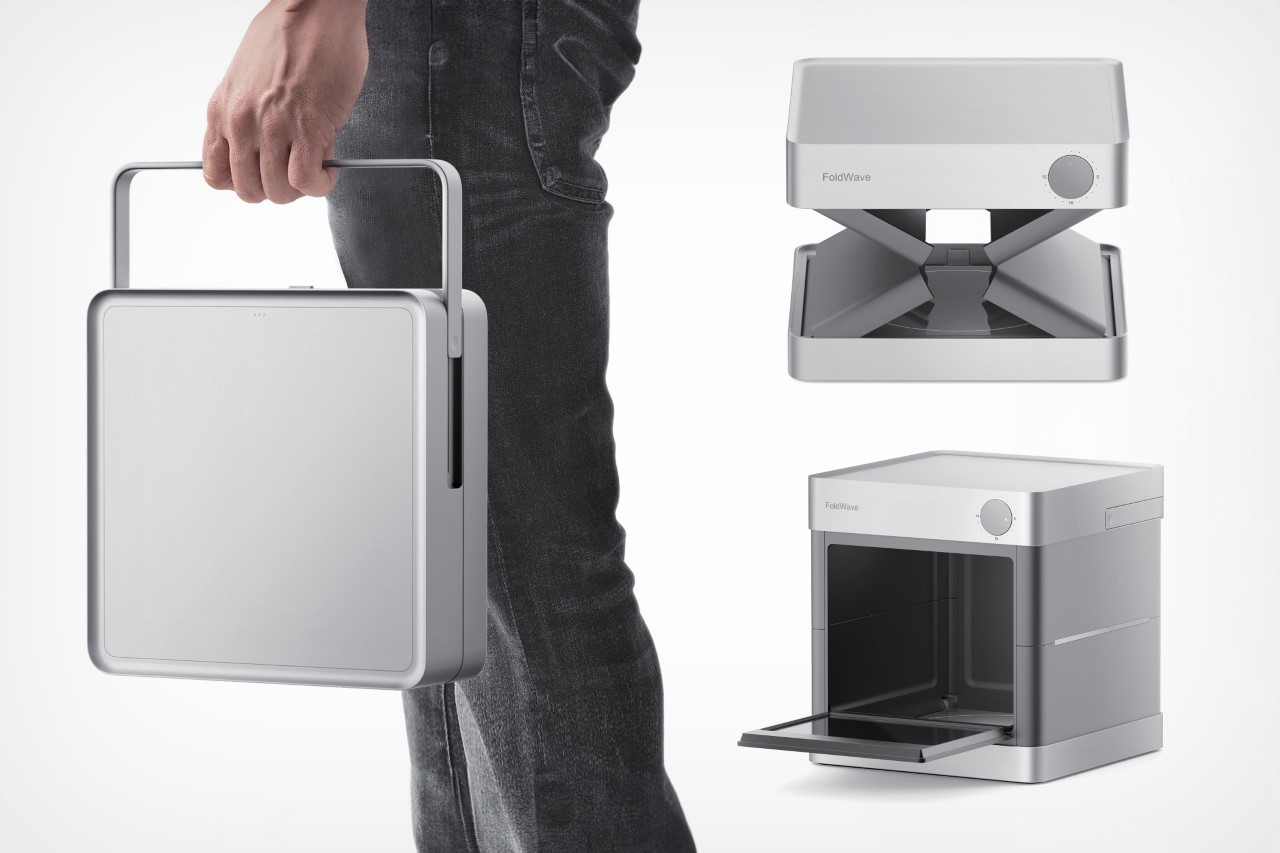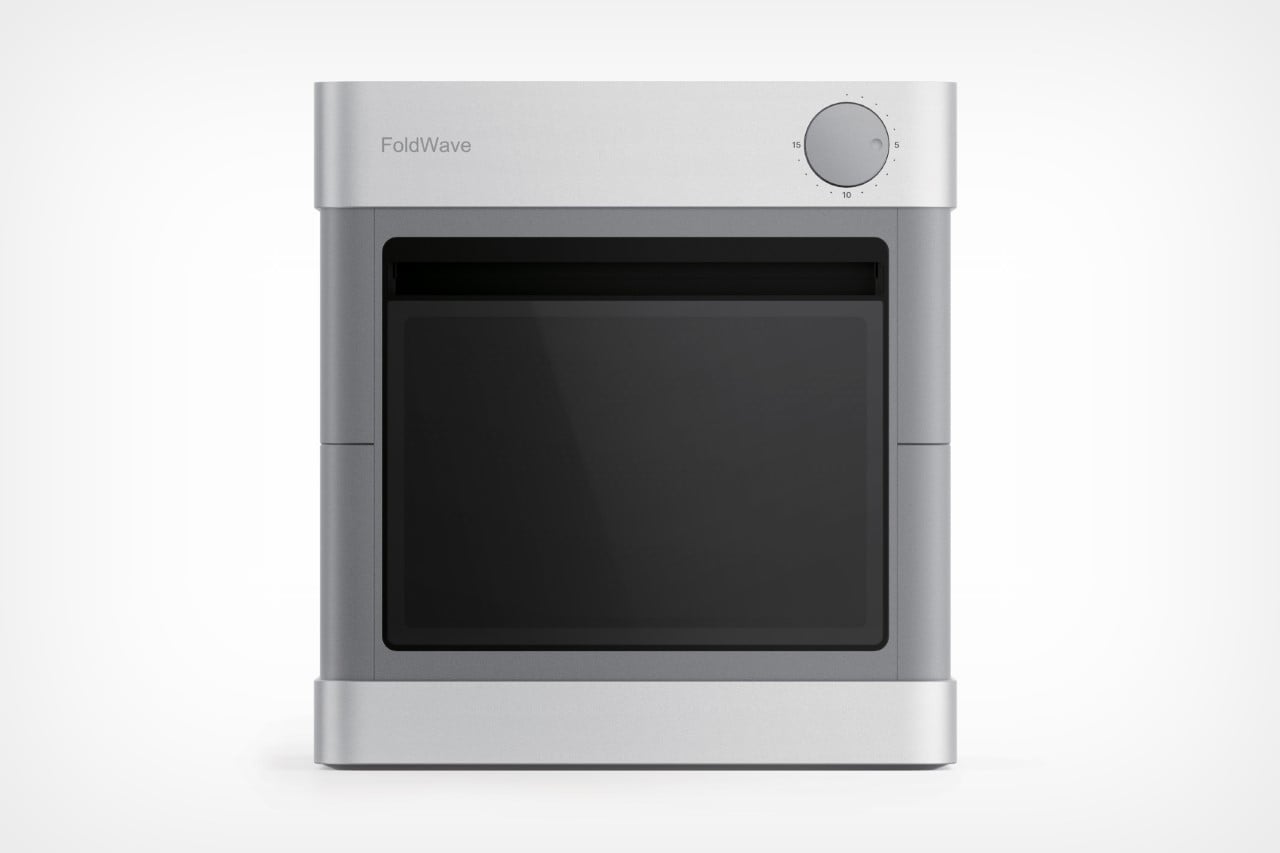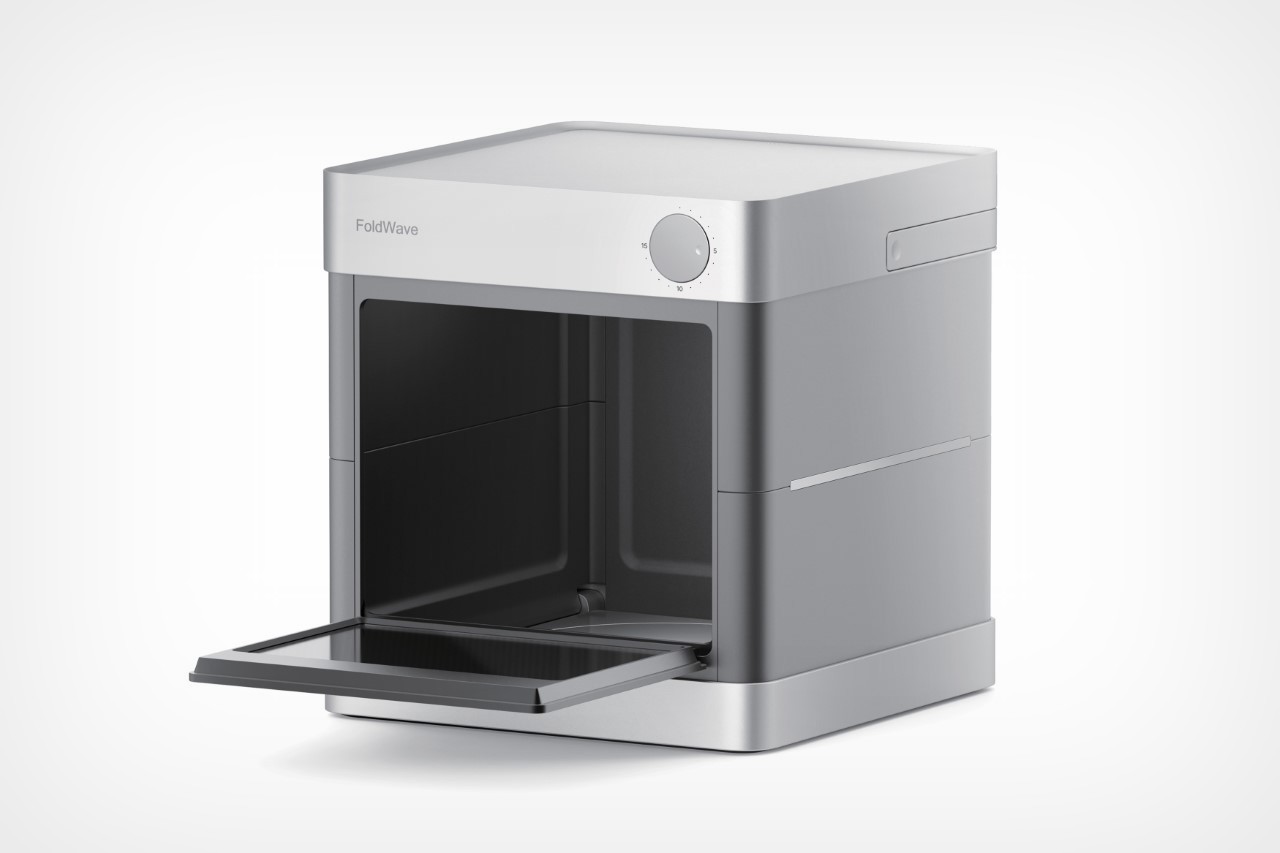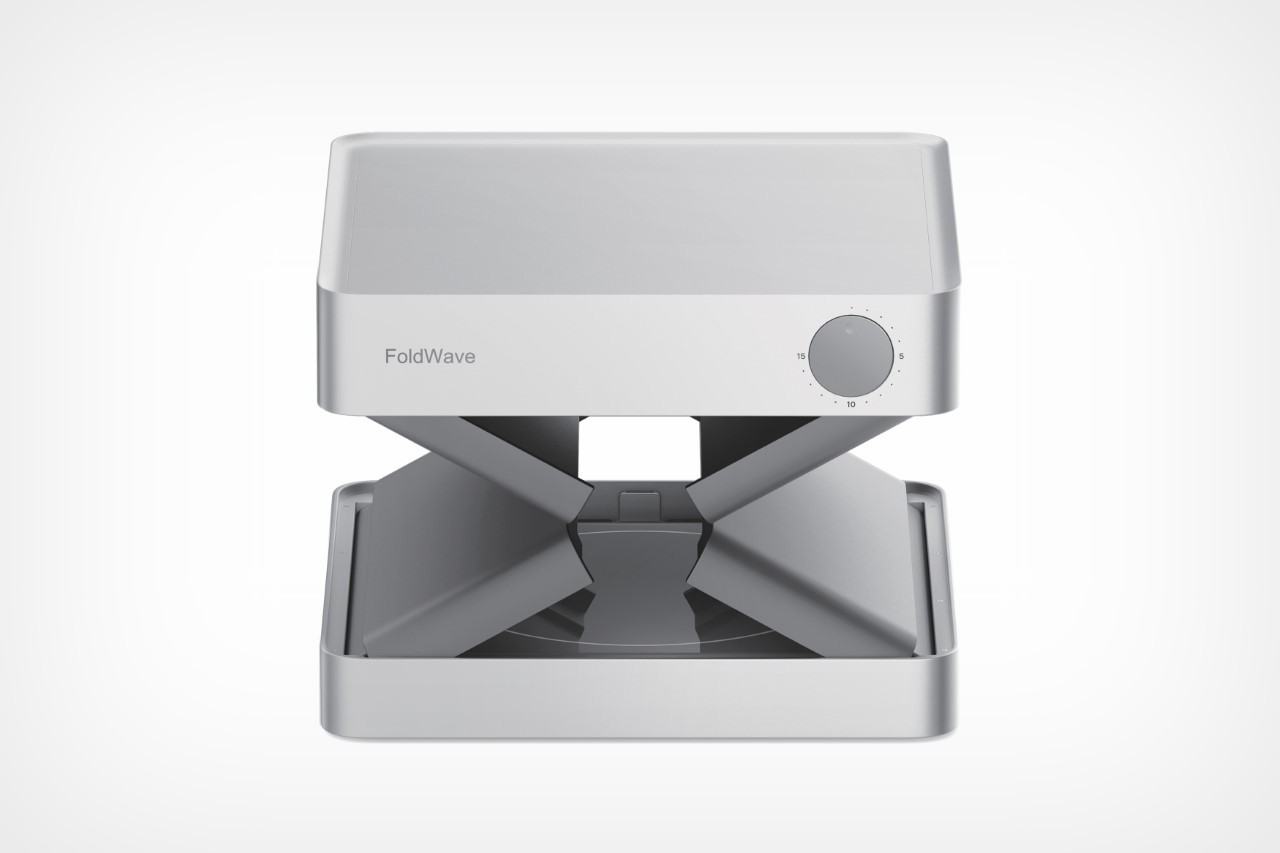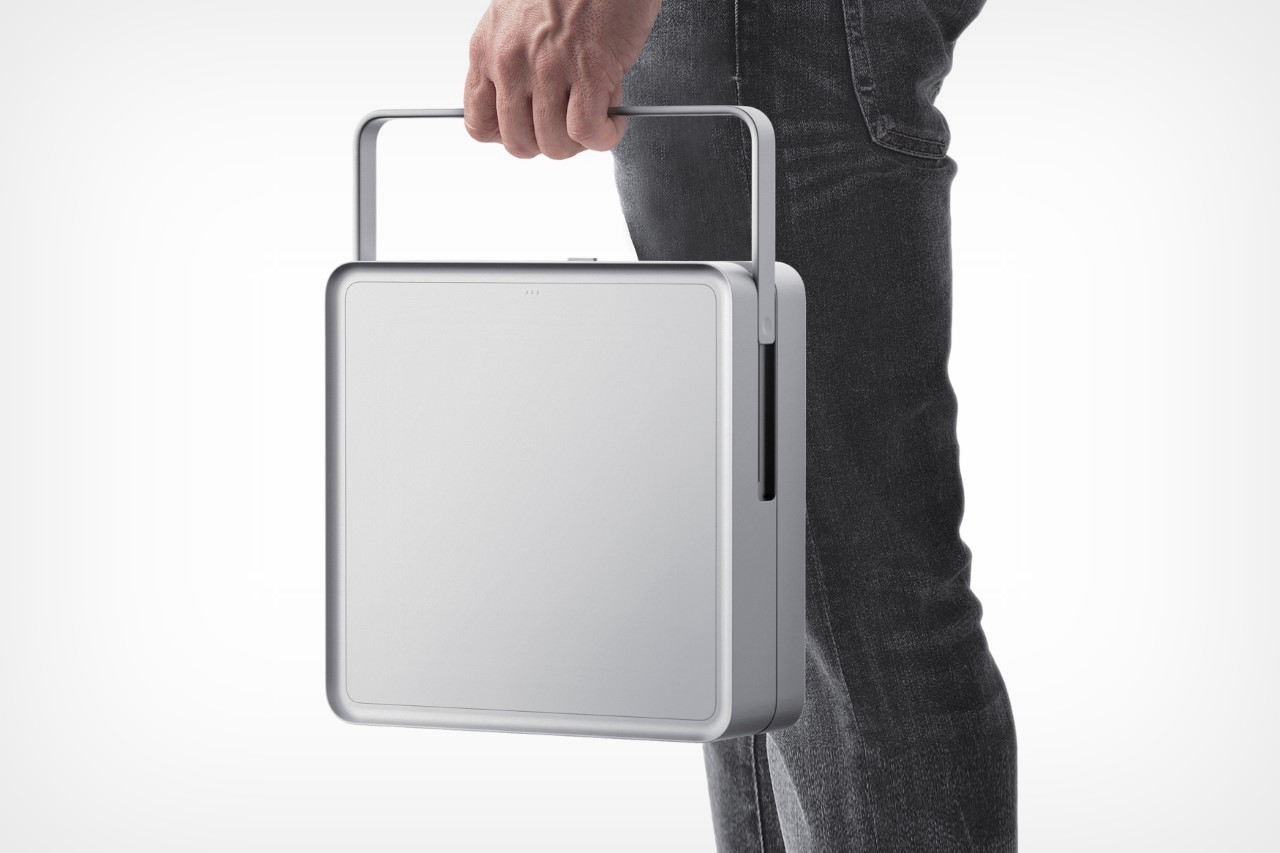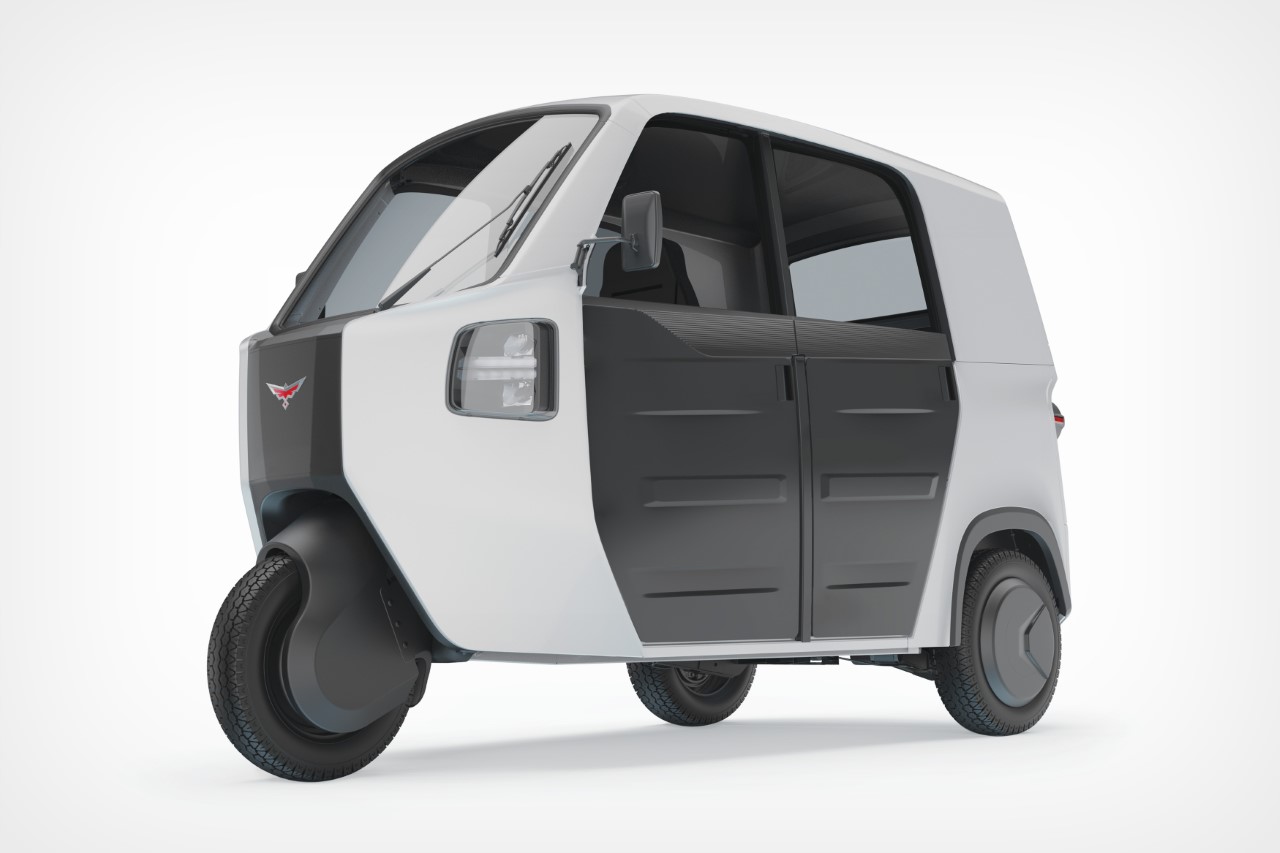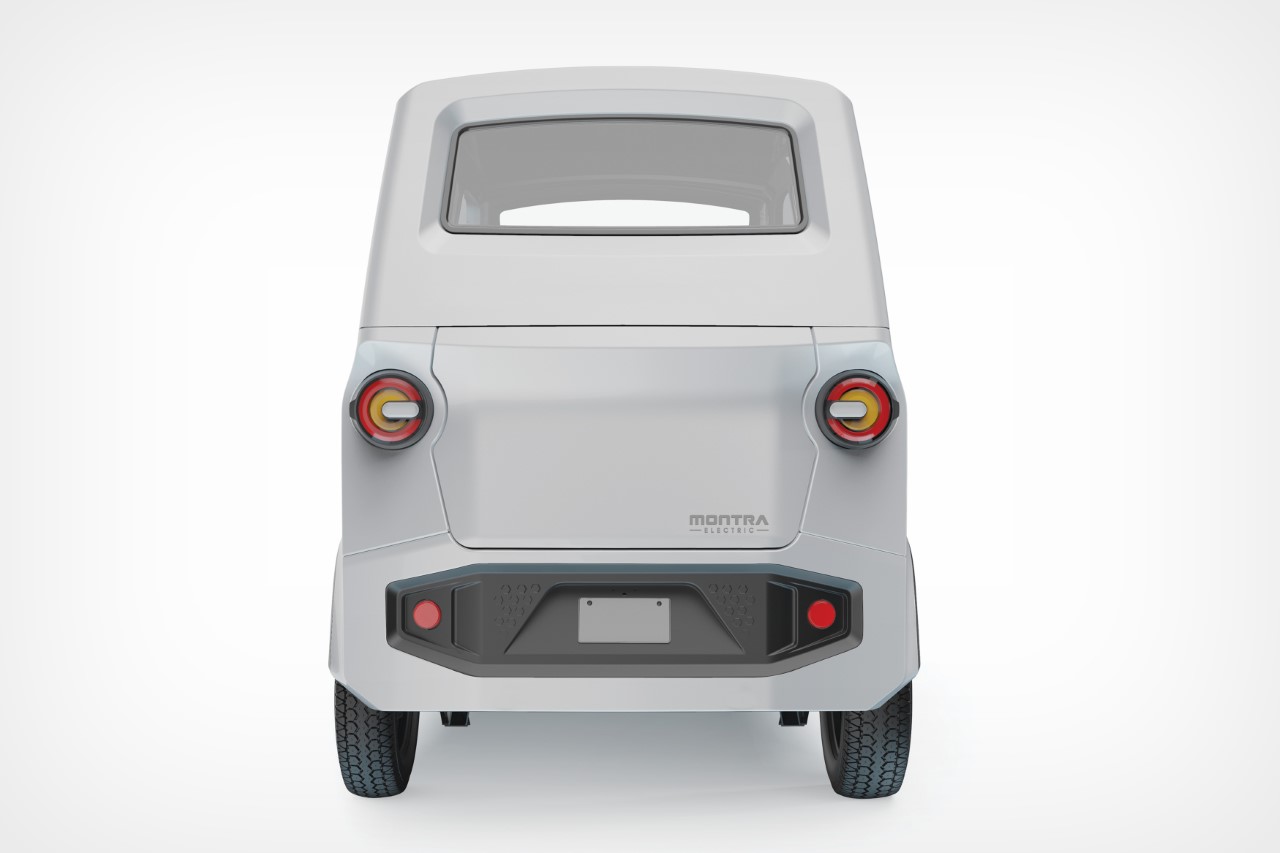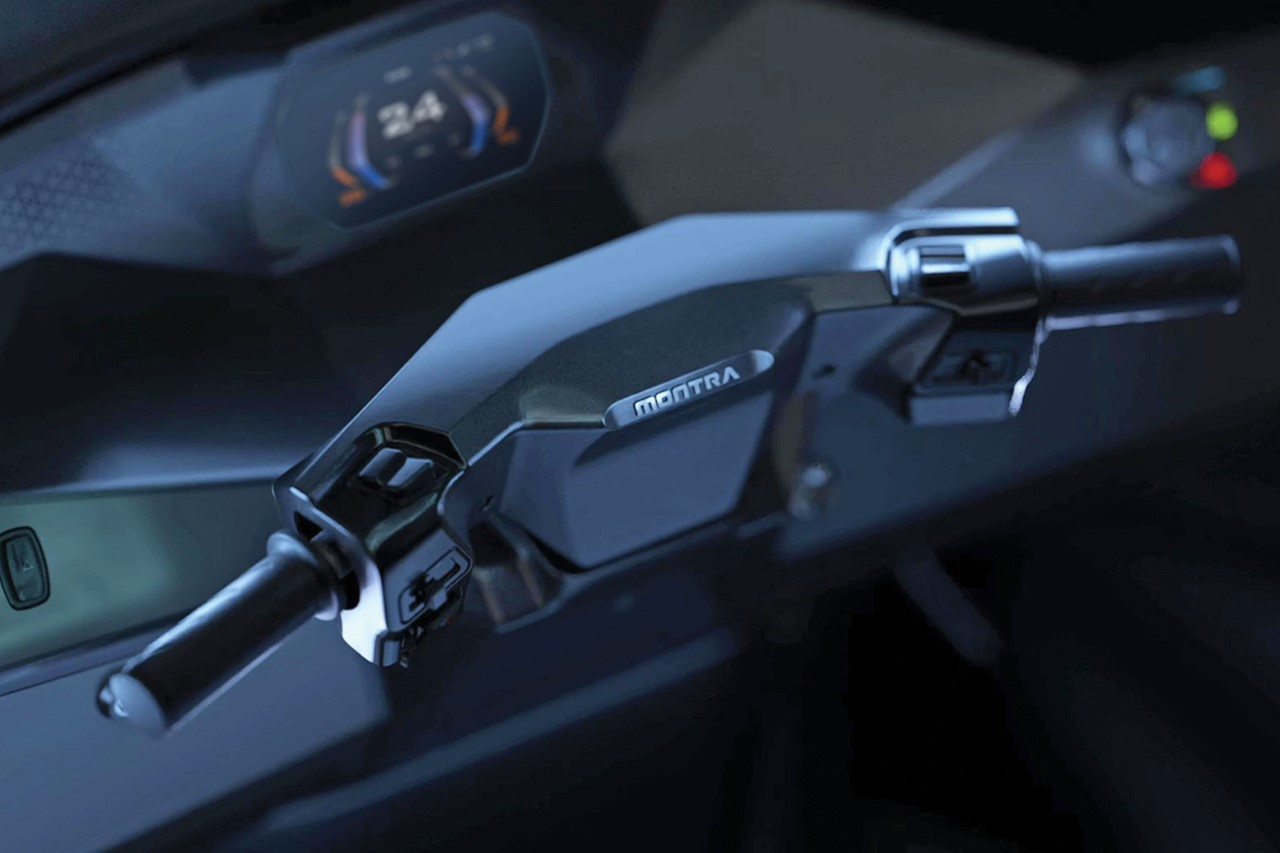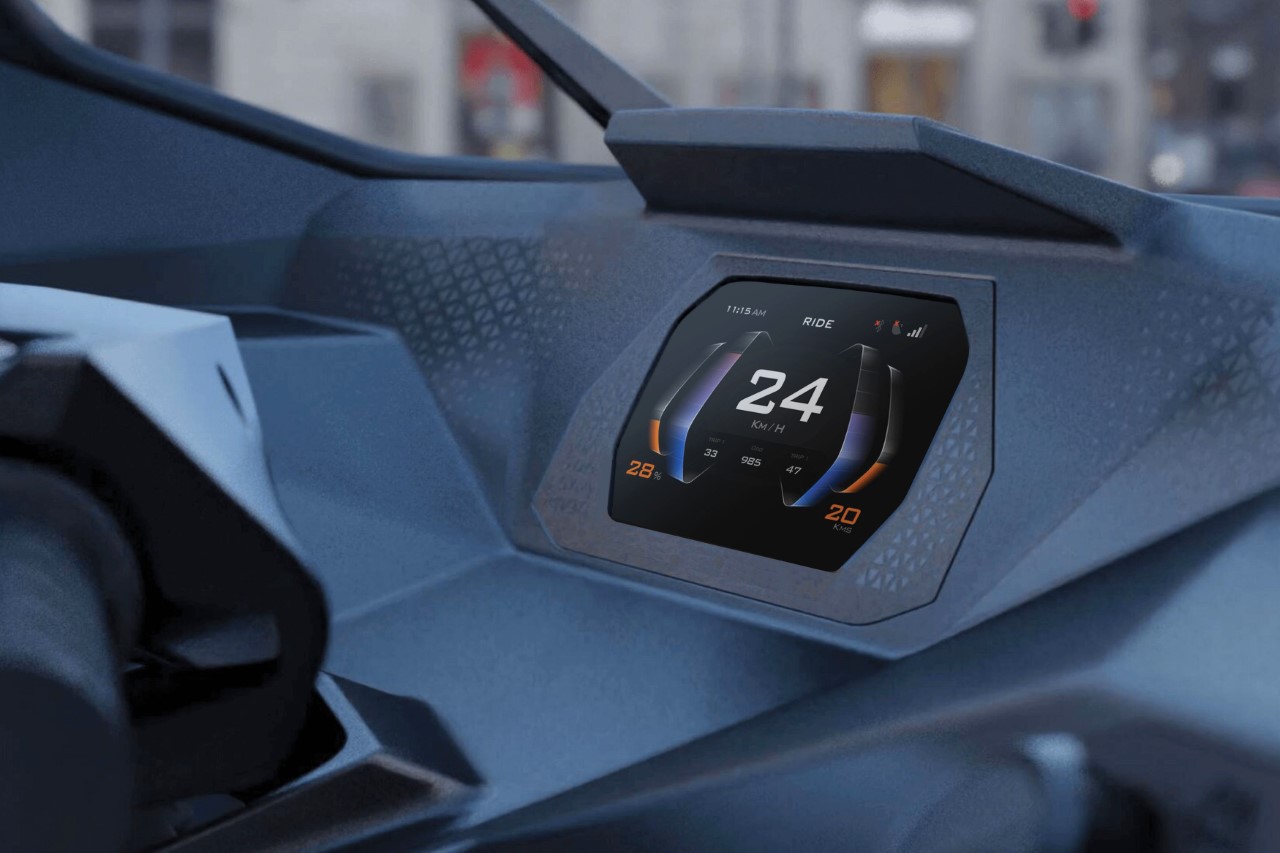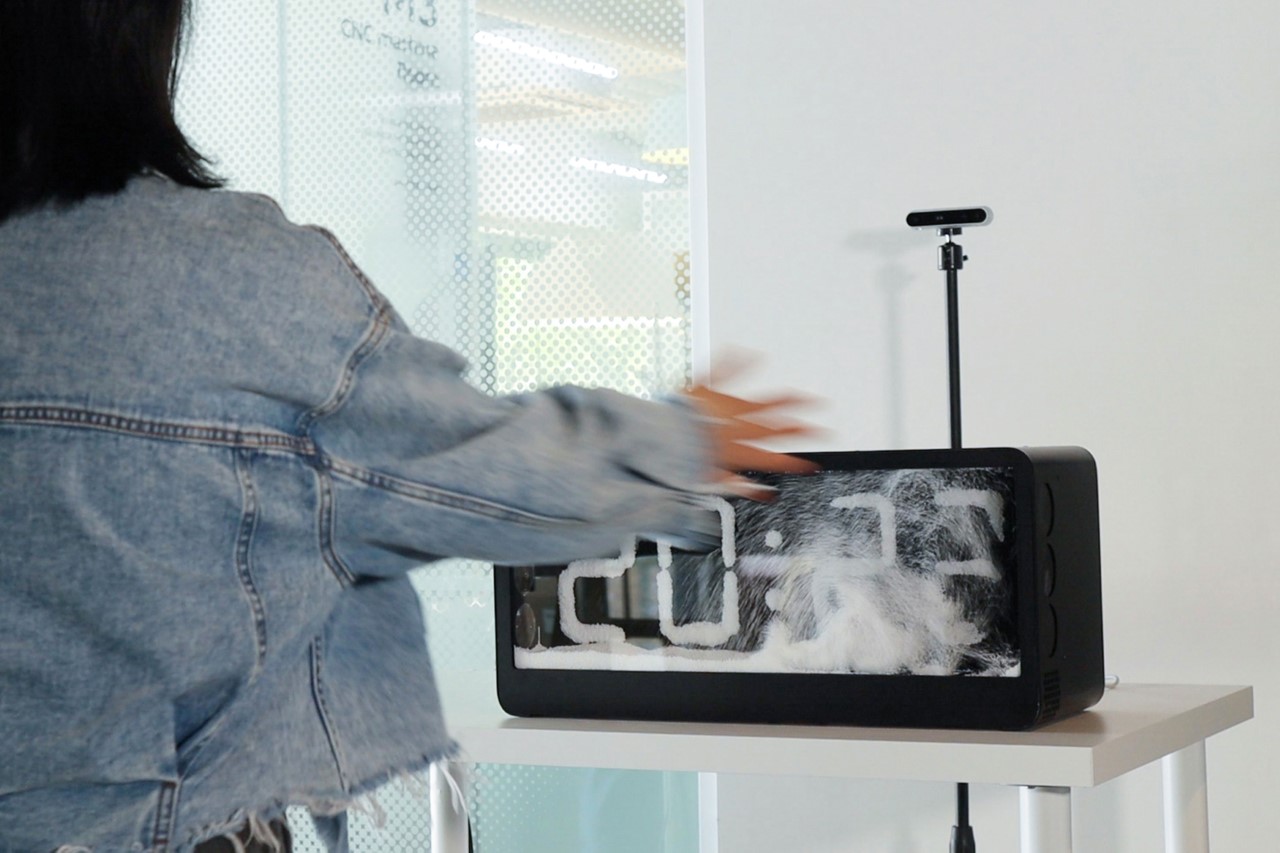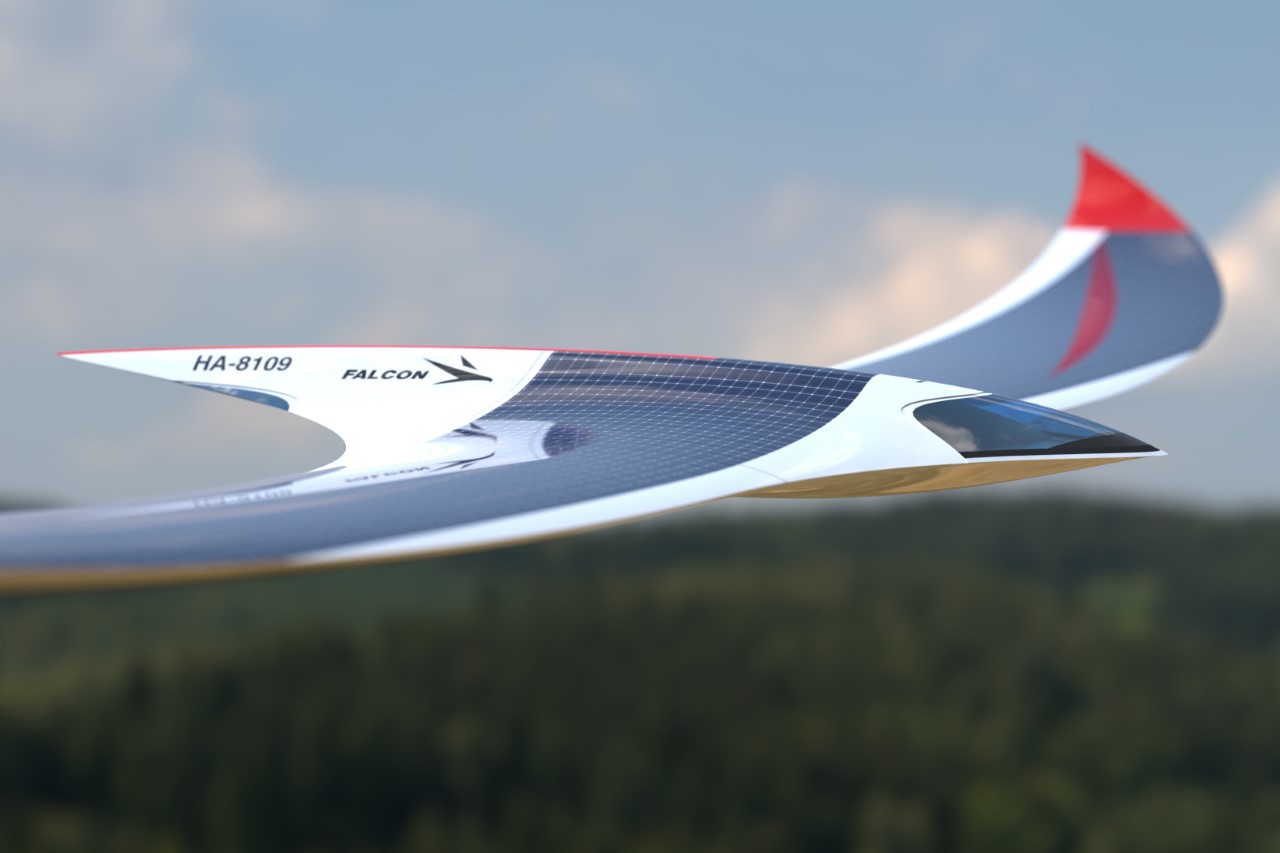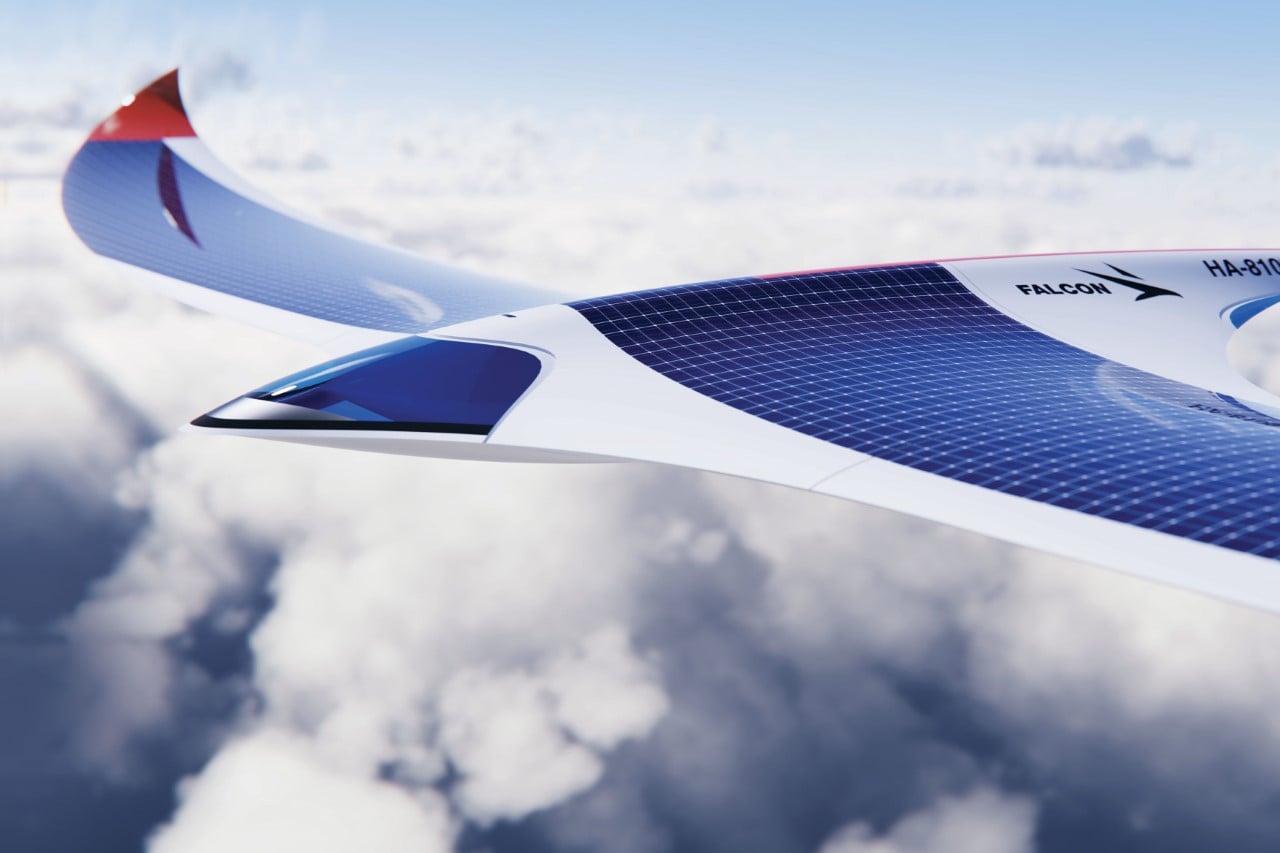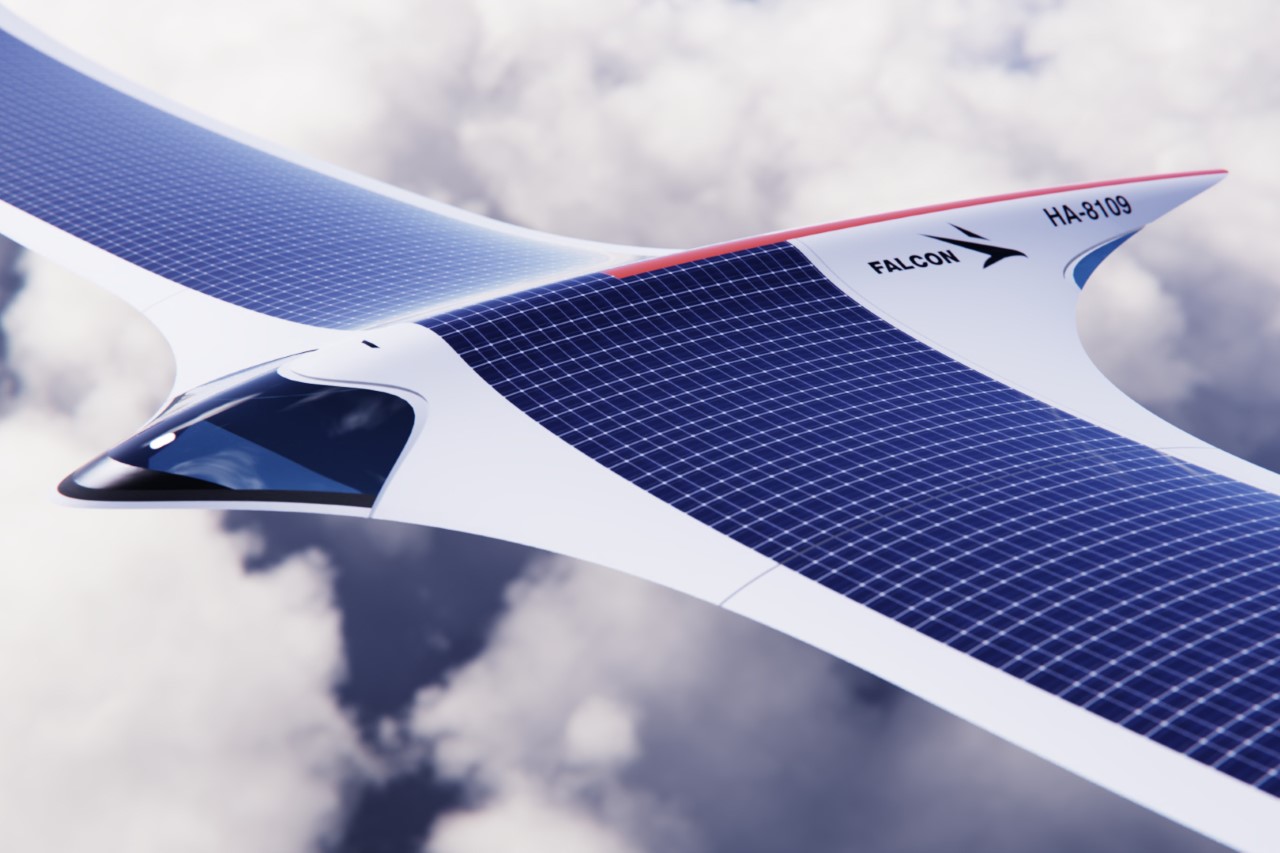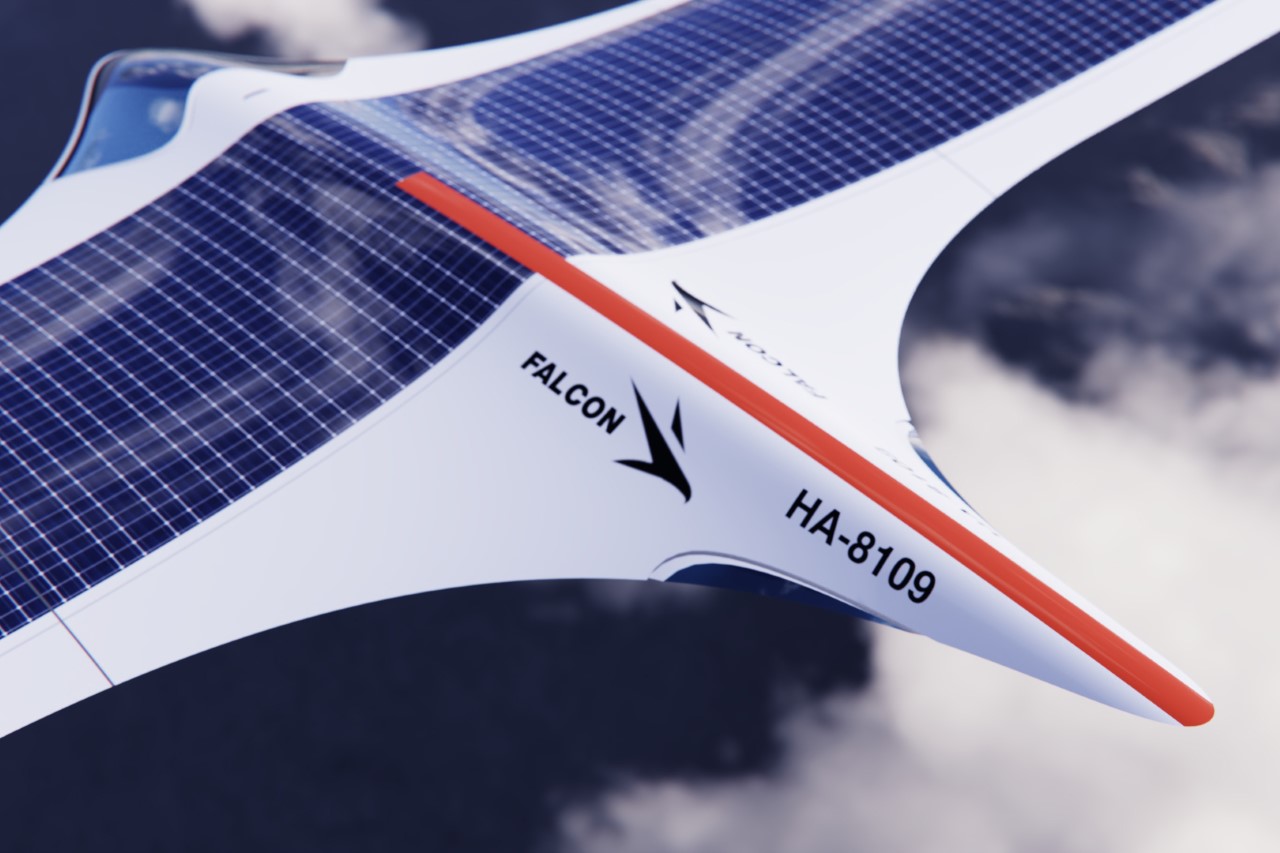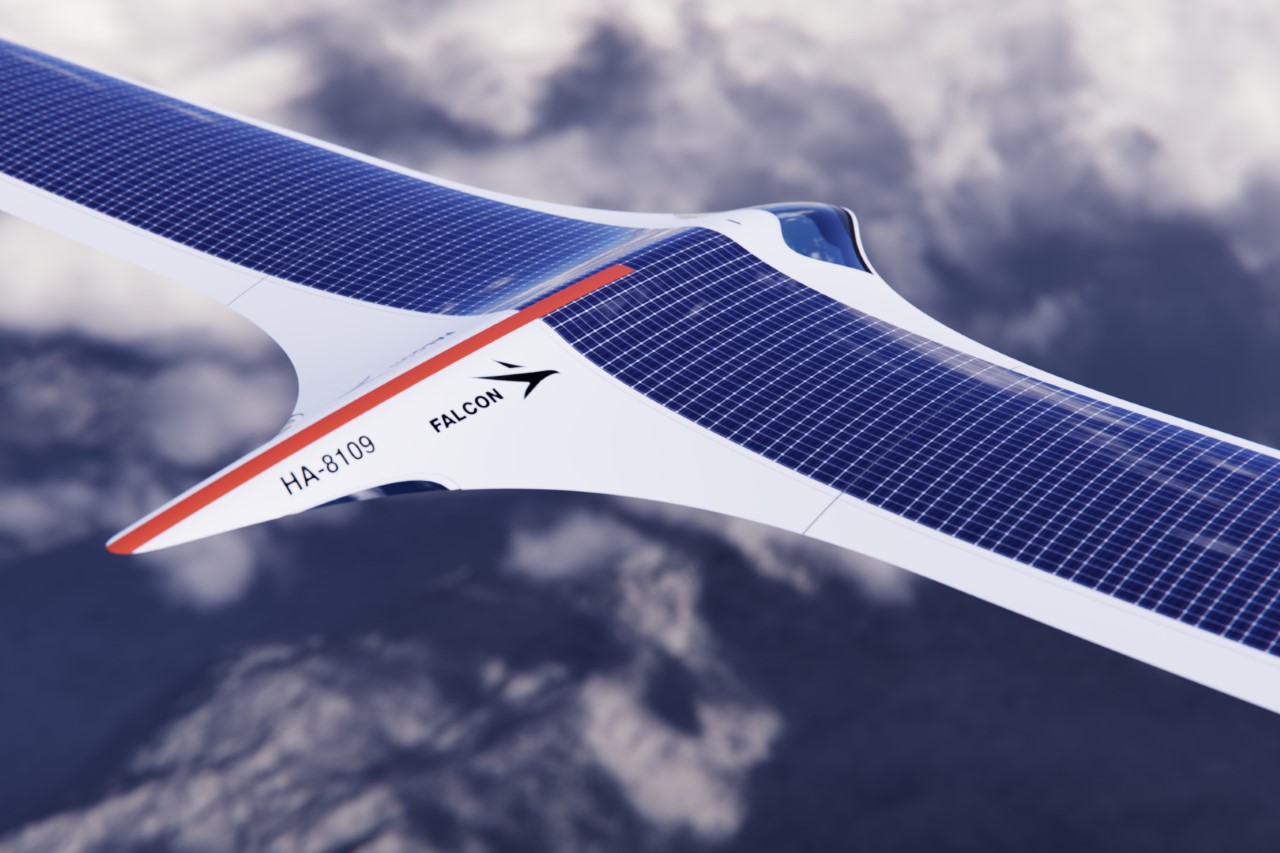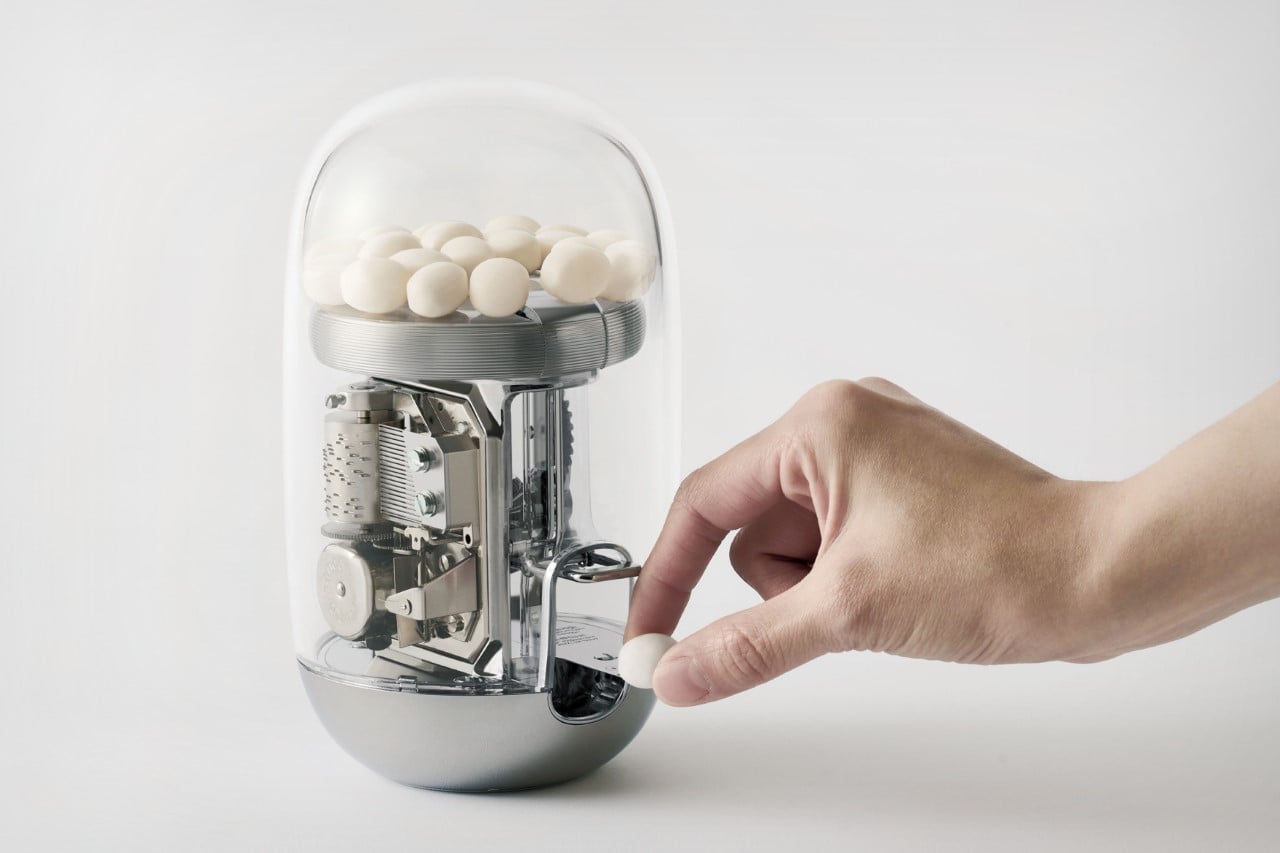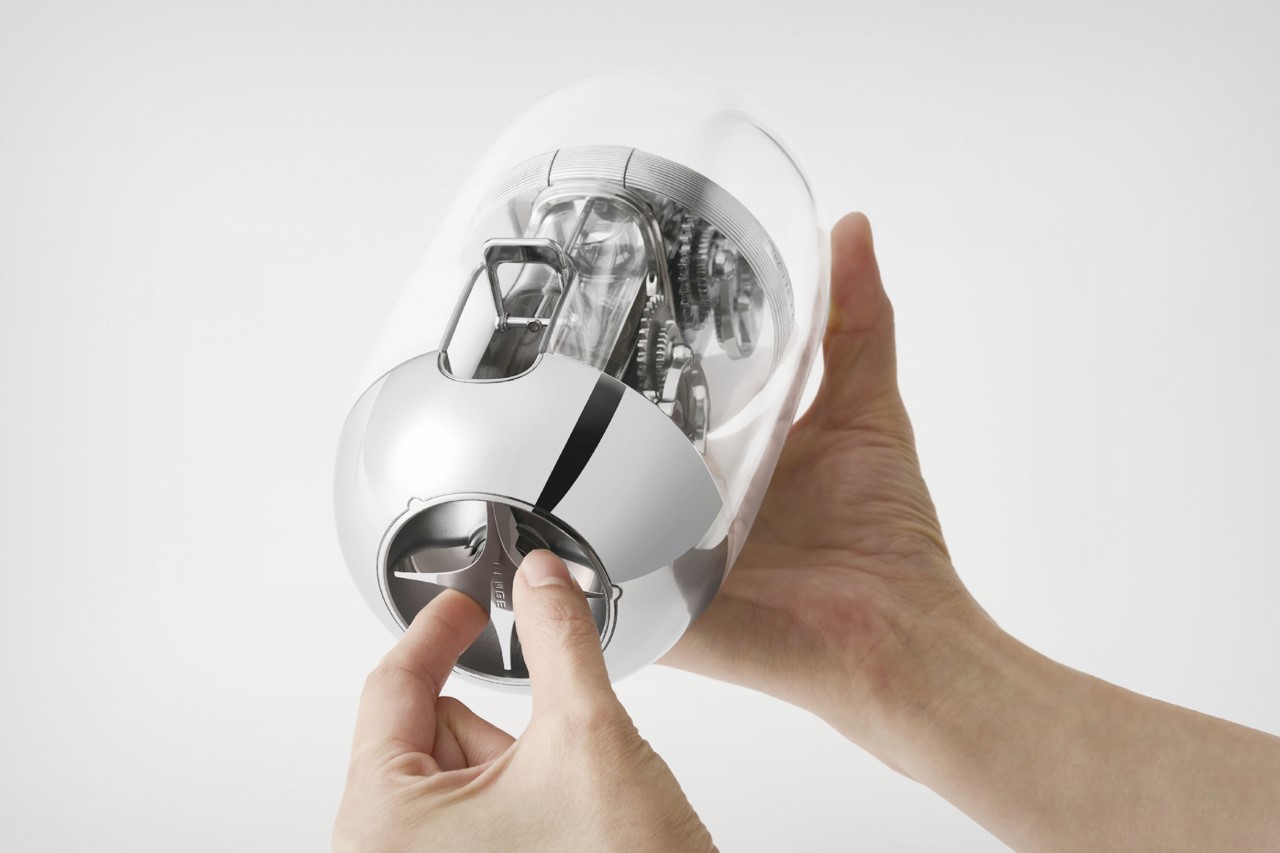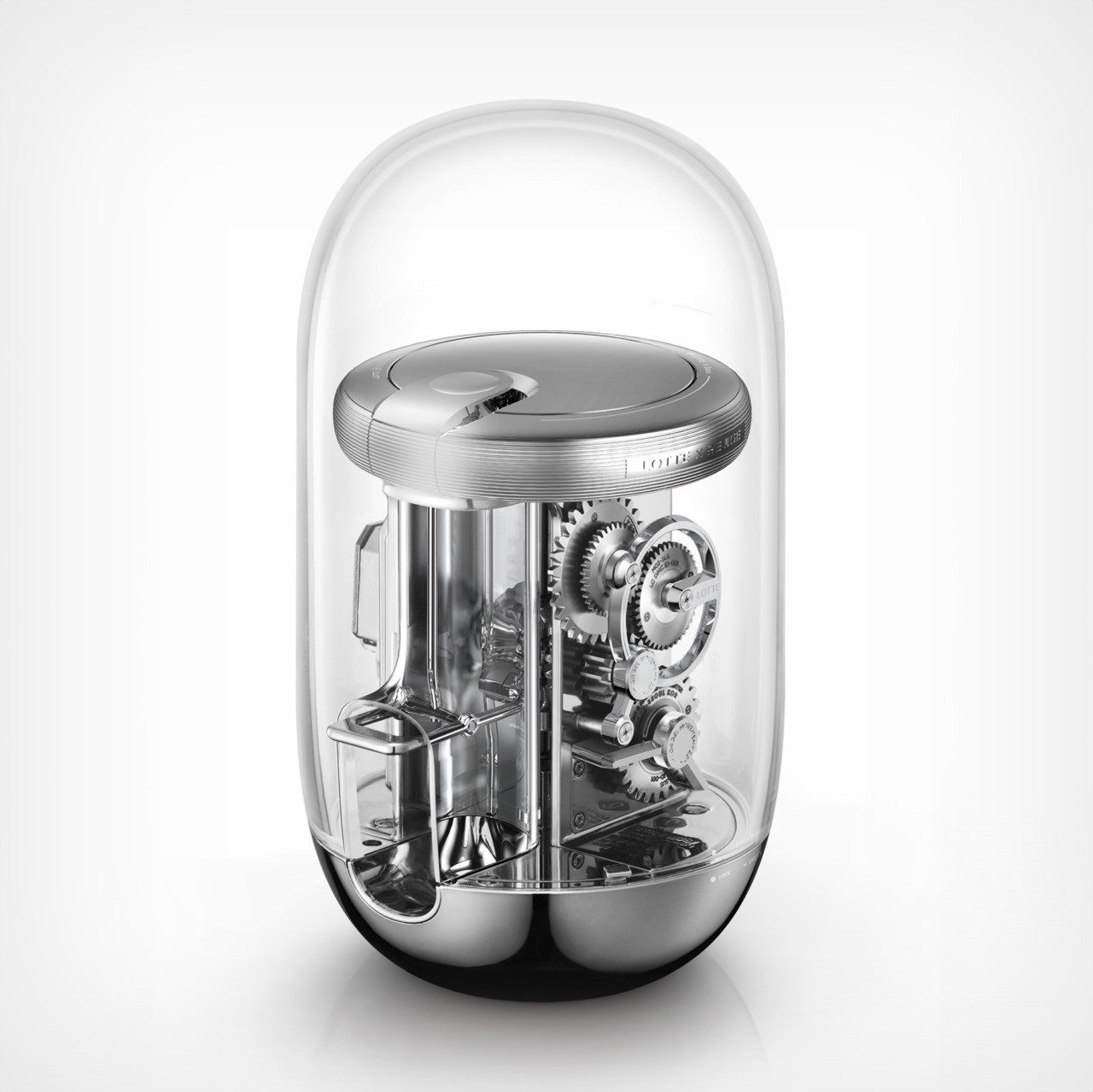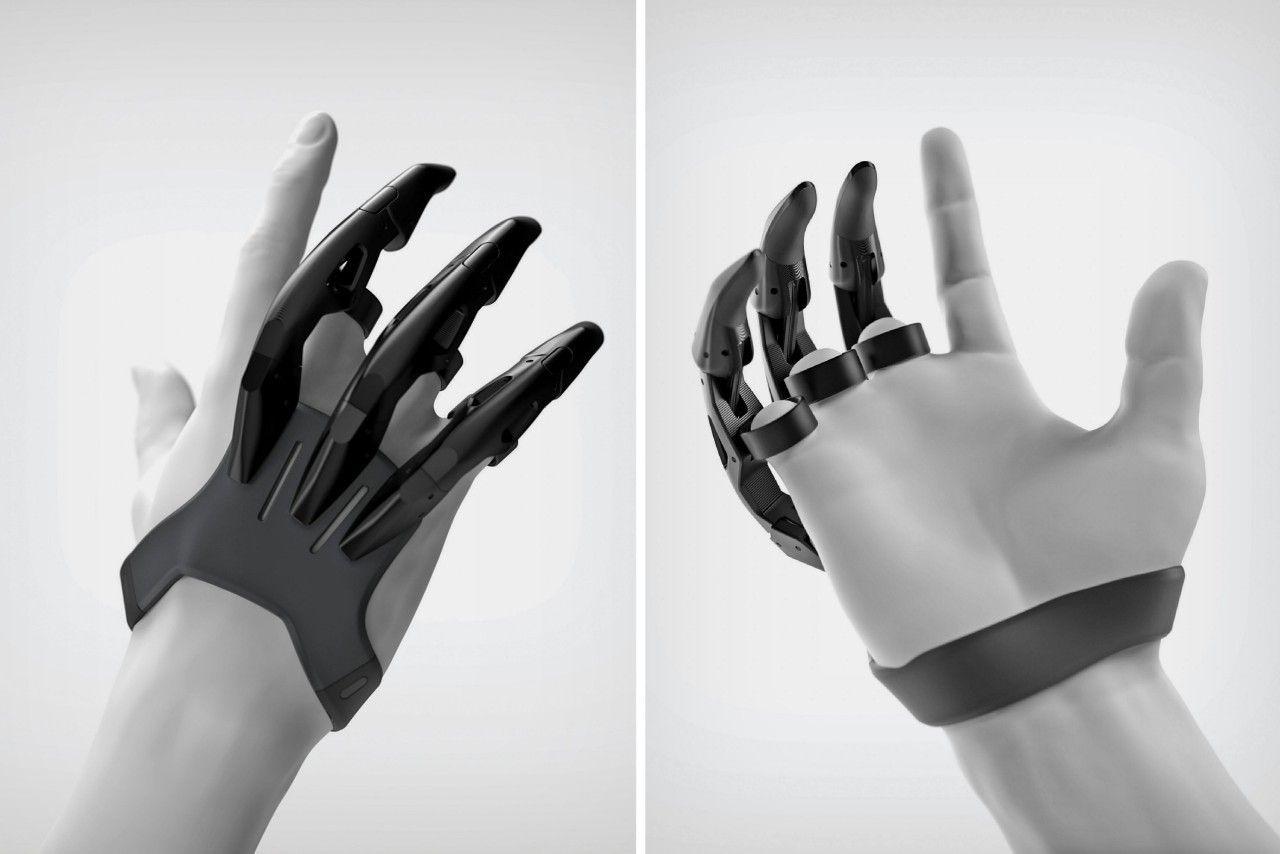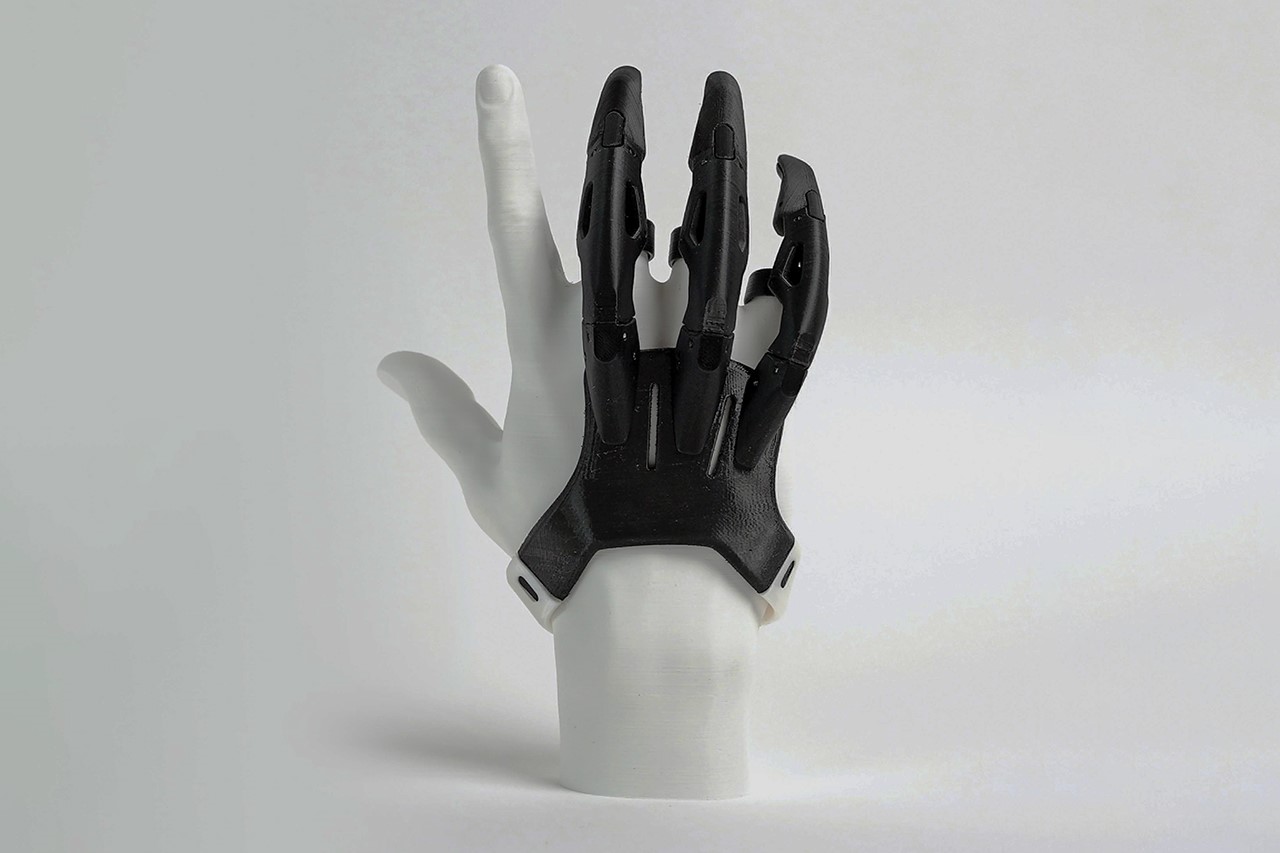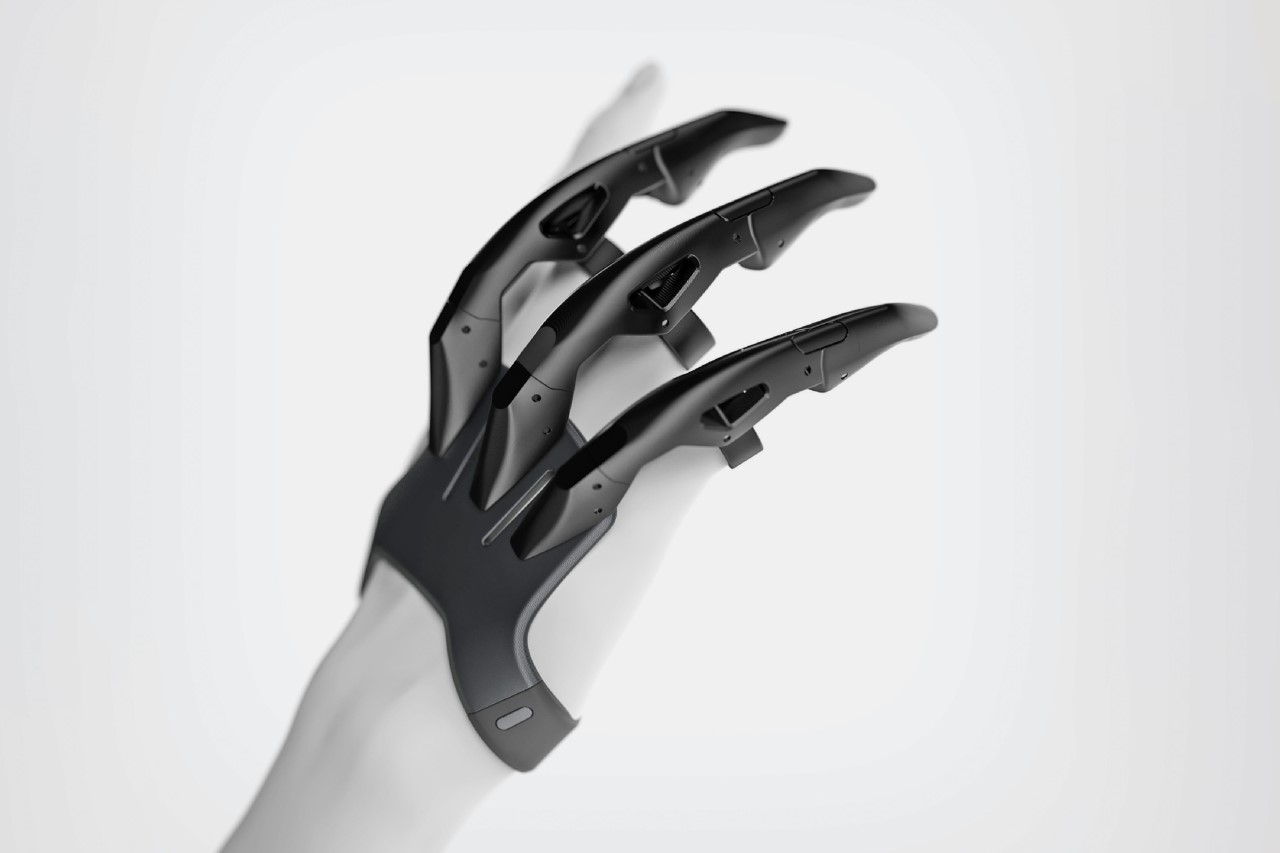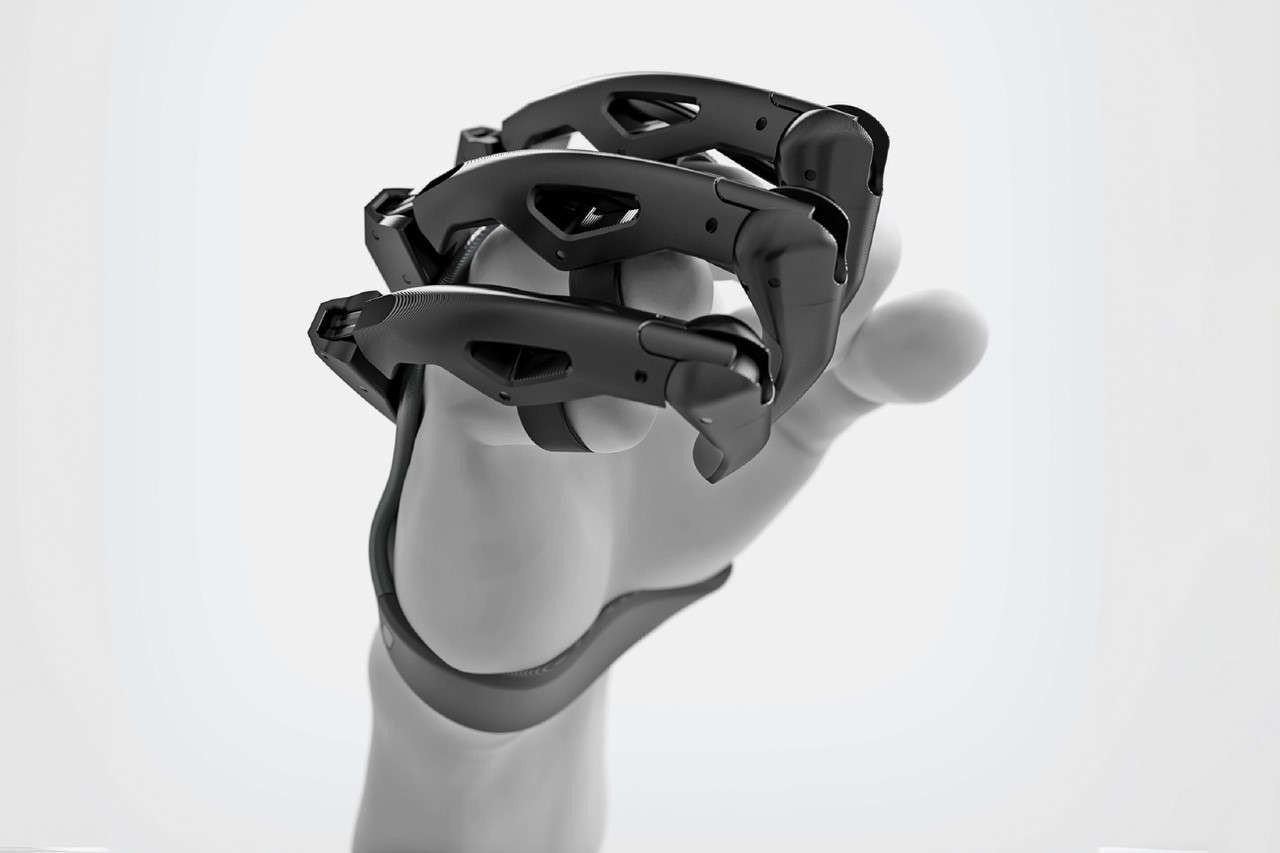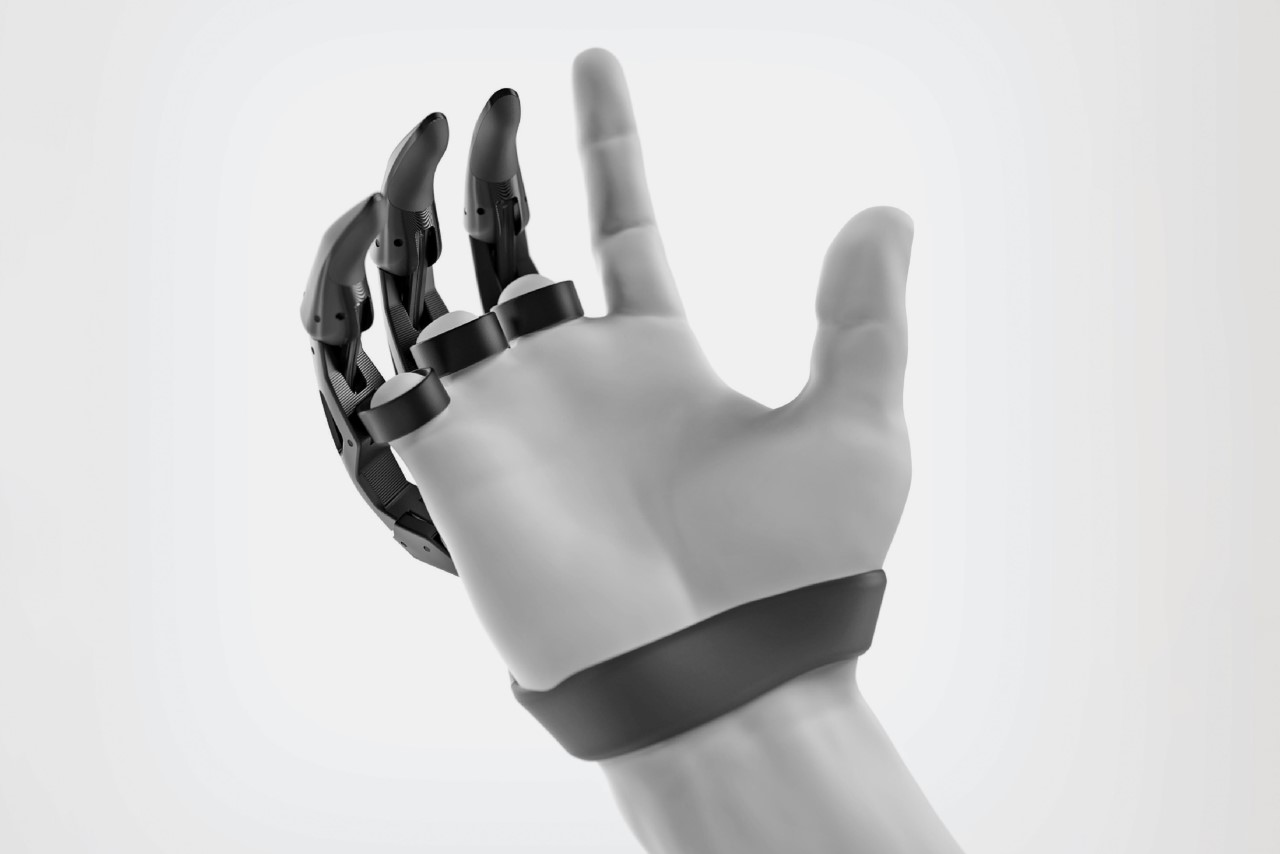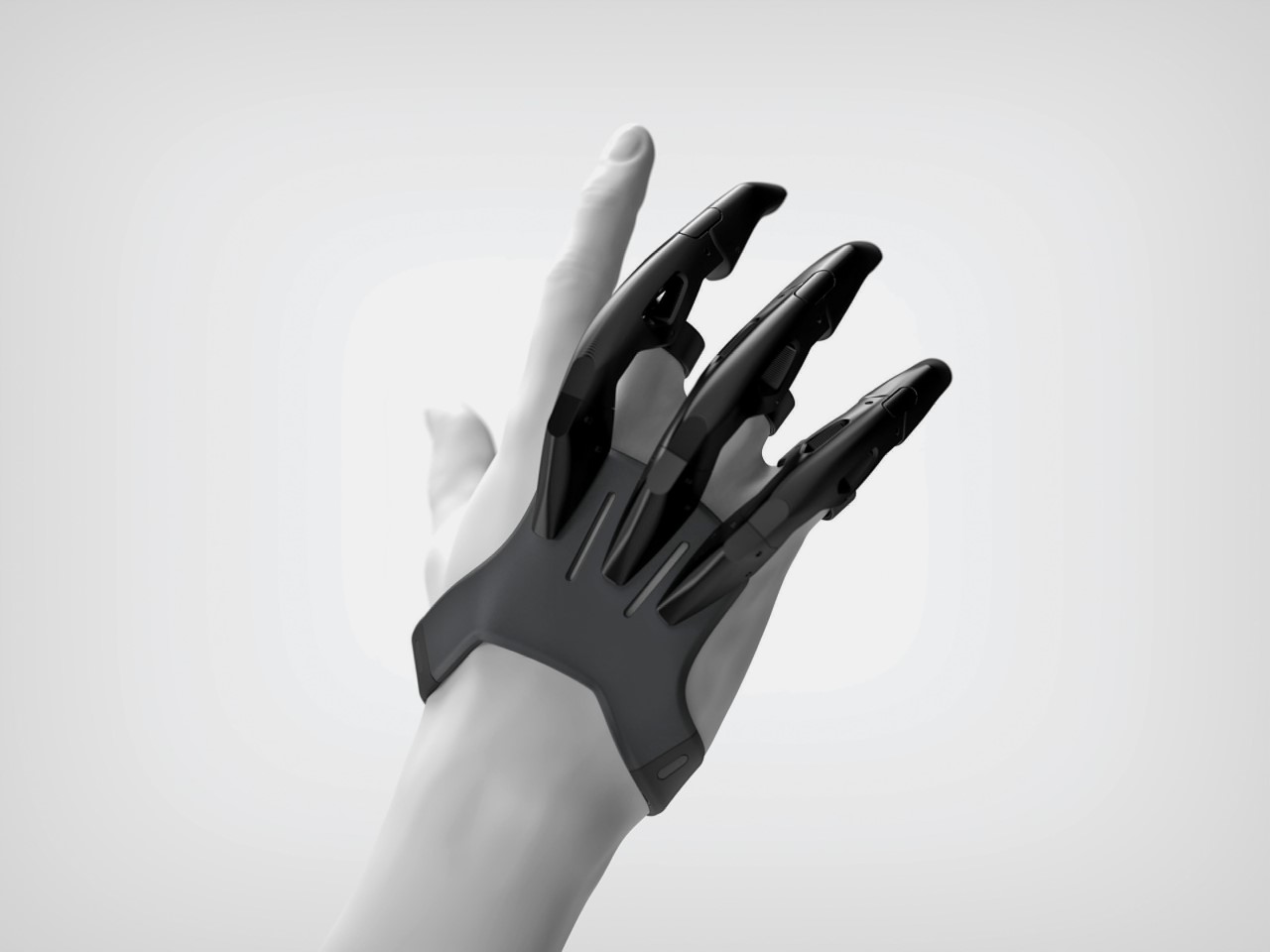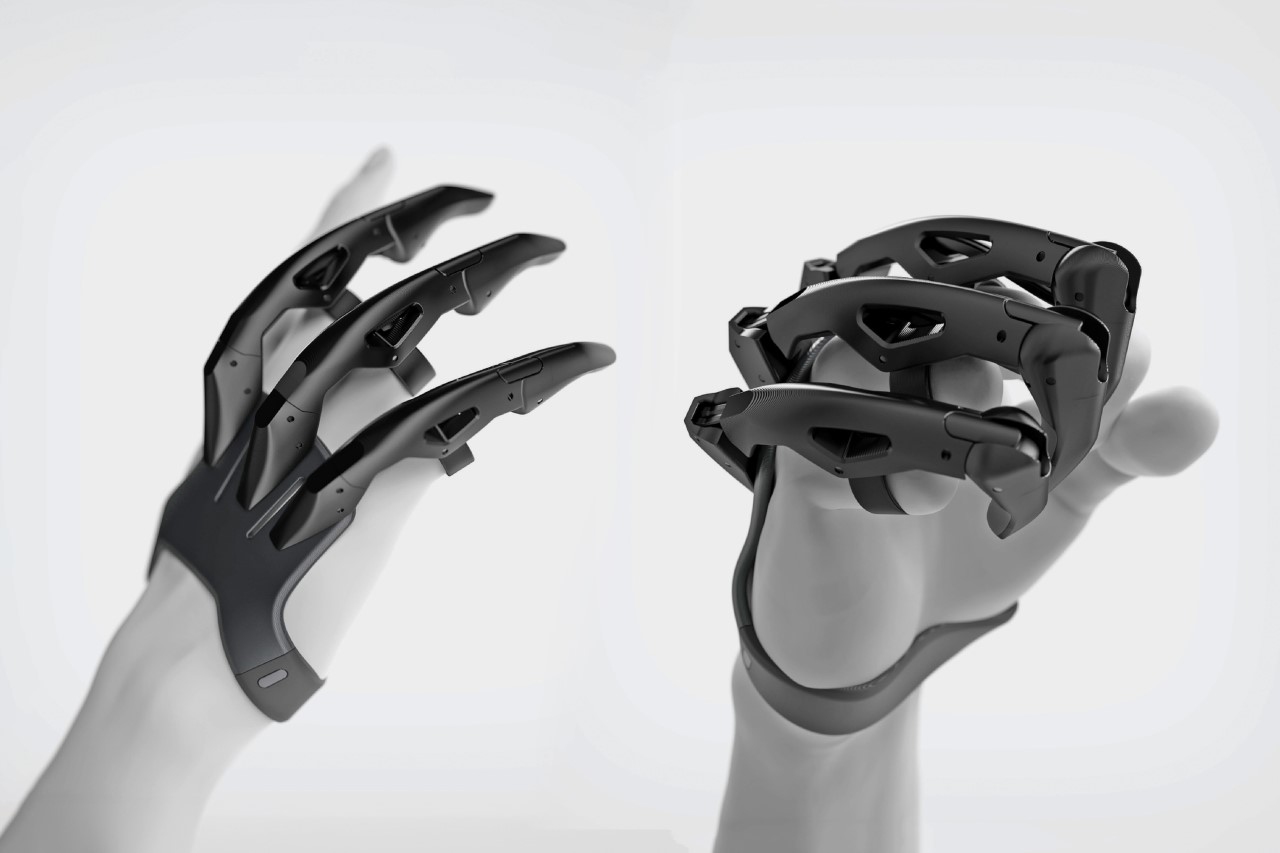
The foundation of innovation lies in how we conceptualize the future… and our capacity to enhance and develop these concepts is crucial for this future. This is why concepts have always fascinated us at Yanko Design. They are the foundation of our work, providing a glimpse into the future of products, technologies, and experiences. It’s also one fundamental thing we have in common with the Red Dot Award: Design Concept, as they celebrate the power of conceptualization.
The Best of Best category of this year’s Red Dot Award: Design Concept showcases some truly exciting concepts. From cutting-edge technology in consumer electronics to innovative designs in the health sector, these concepts demonstrate inventiveness and creativity that deserve recognition. We are particularly drawn to designs that enhance user experiences and environments, as they exemplify the intersection of art and functionality.
The Red Dot Award: Design Concept “Best of Best” is our annual source of inspiration, showcasing designs that embody creativity, collaboration, and impeccable execution. We are thrilled to share a few of our favorites from this year’s selection. And don’t forget to scroll down to discover the winner of the prestigious Luminary Award. You saw it here first!
Click here to view more Award-winning designs from the Red Dot Award: Design Concept
Time to Snow by Baek Sunwoo, Kim Myeongseong & Prof. Lee Woohun
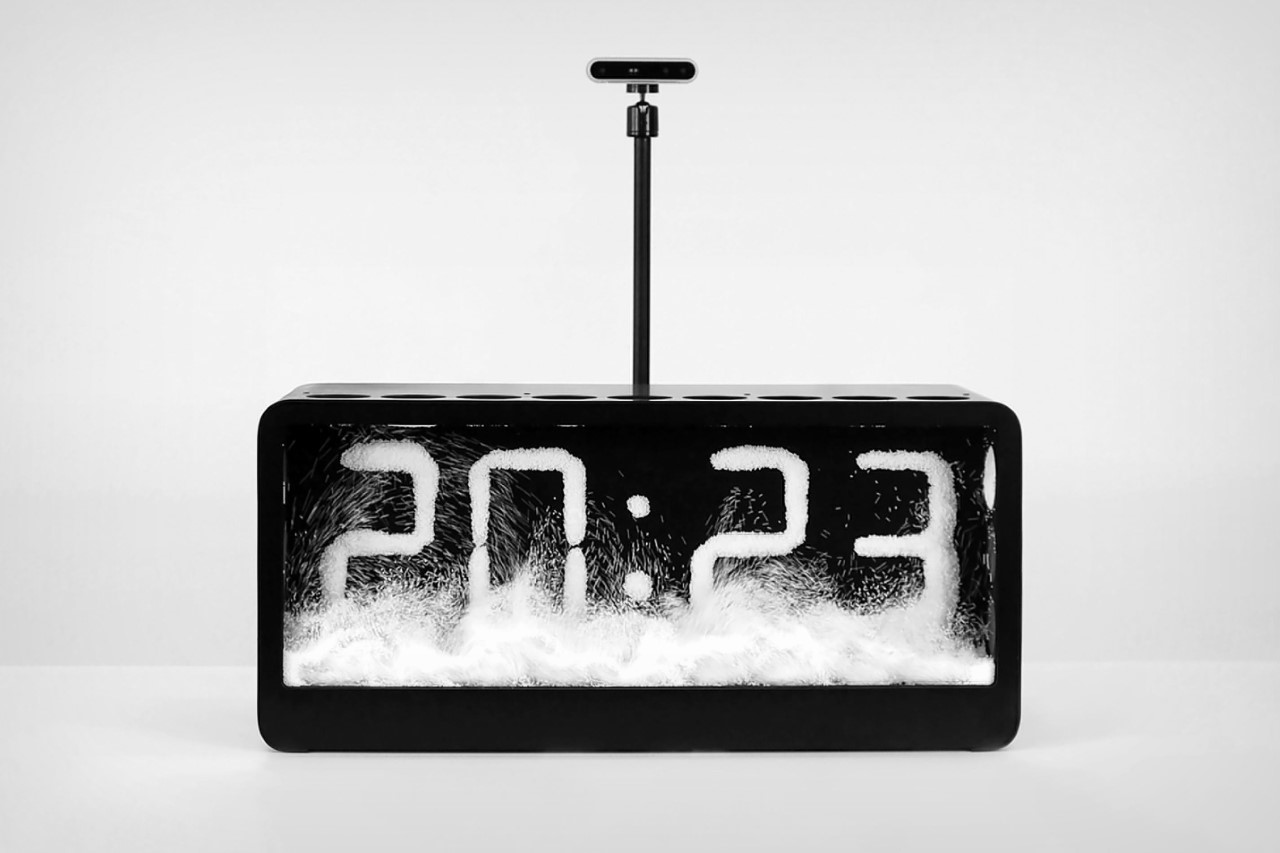
Time to Snow is an interactive installation that displays the time using Styrofoam grains resembling snow. The clock defies the laws of physics with how it causes the particles to form numbers within the clock’s face, while also simulating the effect of snowfall and snow blowing through the breeze. The result isn’t just form and function, it’s emotion too, in the form of awe and curiosity as viewers are captivated by the effects of this faux snow and its ability to tell time. A camera on top also allows people to interact with the snow through gestures, creating an experience so fun you’ll never want to look at another boring clock again!
UFO Intelligent Rotary Stove by Liang Wengan, Li Zhaoping, Wu Qiting, Wu Shengjia & Zhou Jinhui
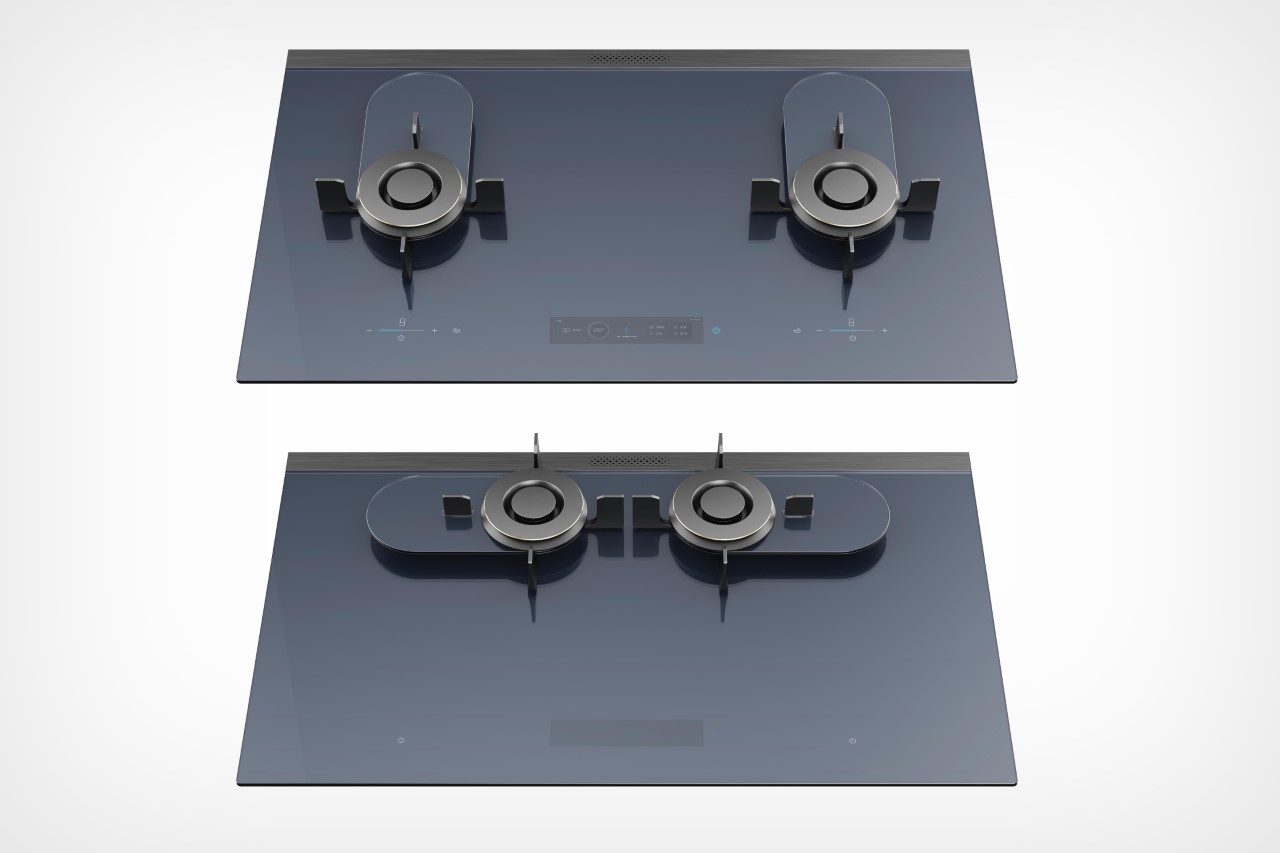
Who among us hasn’t dreaded cleaning up a stovetop after the pasta water or a saucepan of milk boiled over while cooking?! The UFO Intelligent Rotary Stove features an elevated, rotatable burner that offers an easy stovetop cleaning solution and extra countertop space when not in use. Gas stoves, while essential for cooking, can be tricky to clean given their shape (and sometimes how hot they are after usage). The UFO Intelligent Rotary Stove simplifies cleaning by putting the burners on a rotating arm so they can be moved away whenever needed, making cooking more enjoyable and maximizing kitchen space. The stove also offers precise fire intensity adjustment with an 8-level touch control for better cooking results.
Kid’s Service Design Toolkit For Saving The Earth by Choi Seolyung, Hyun Eunryung, Mun Juyeong
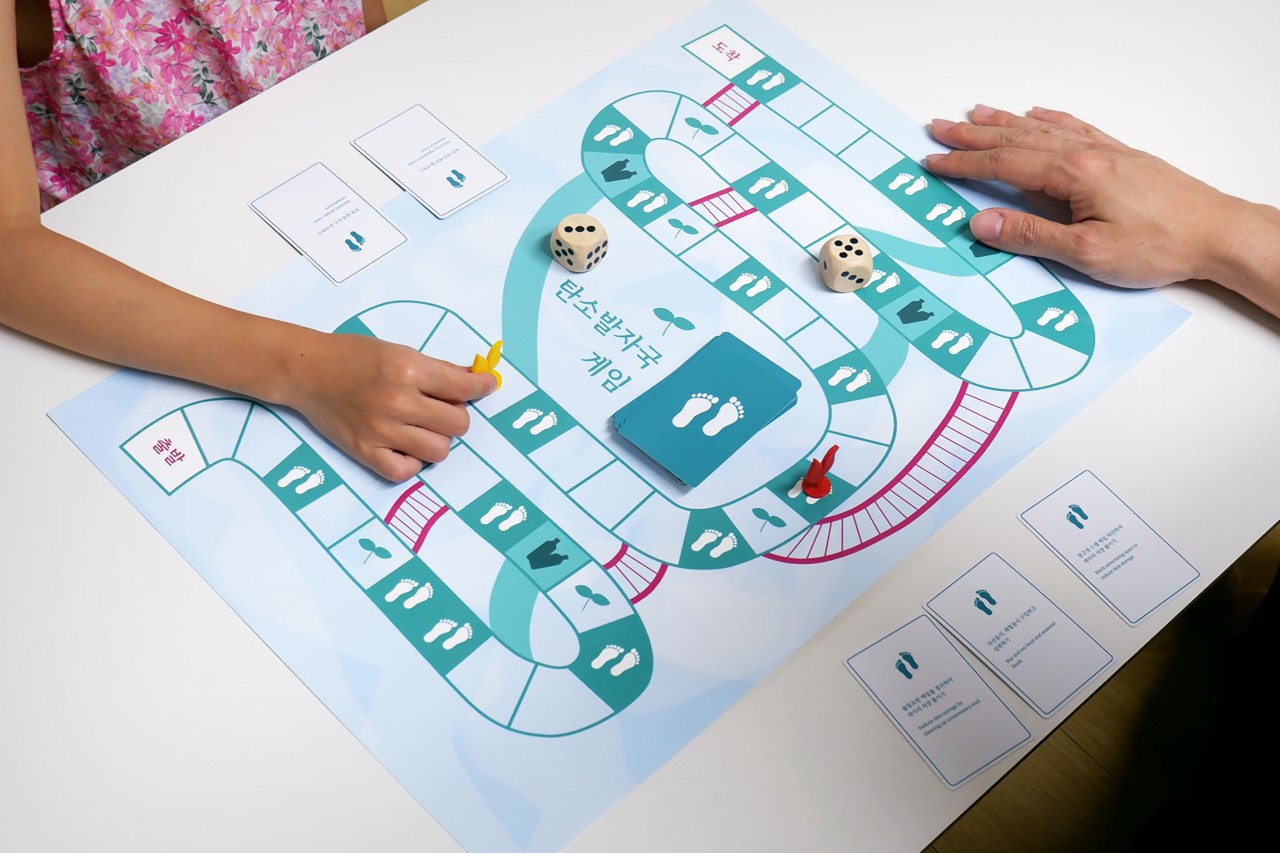
The Kid’s Service Design Toolkit for Saving the Earth helps children understand carbon emissions and develop their solutions using the Double Diamond process. It fosters environmental awareness and encourages creative thinking. The toolkit guides kids through learning phases, including the Carbon Footprint Game, customer journey maps, and idea generation. It promotes cooperation, communication, and concrete action plans to address real-world environmental issues, contributing to climate action for sustainable living.
Tetrix Roof Tiles From Recycled Composite by Adam Friedrich & Kajetan Topolewski
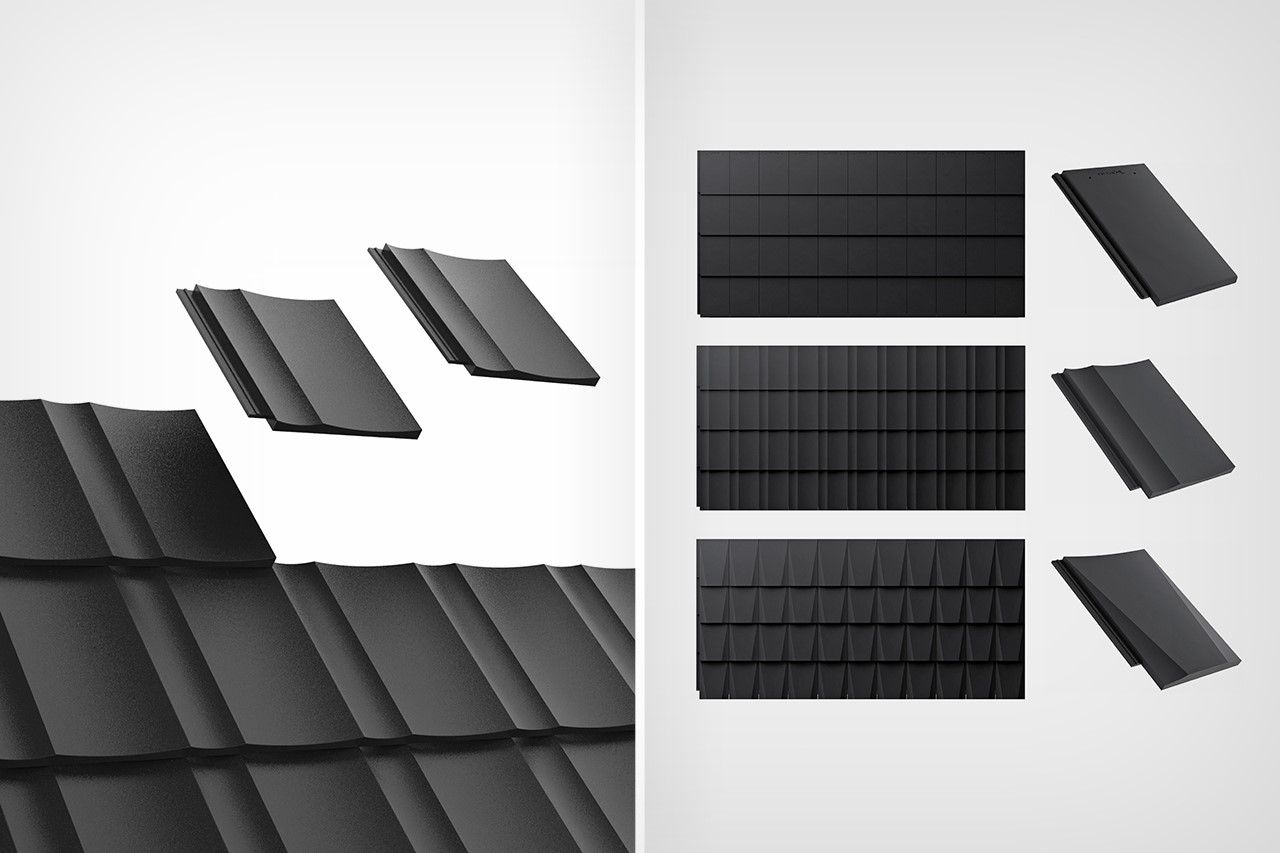
Crafted from recycled plastic composite, the Tetrix Roof Tiles, offer sustainable, lightweight, and durable roofing. They’re frost-proof, waterproof, UV-resistant, and ideal for photovoltaic systems aka solar panels. The tiles come in a series of modular units and are available across a variety of design styles, allowing you to customize your roof design. They’re made to replace hazardous asbestos roofs, and are an absolute breeze to install thanks to their modular design that lets you simply plug tiles together. Produced with recycled plastic and quartz sand, the tiles are eco-friendly and are virtually unbreakable too.
O-Vision Noice Cancellation Sleep Mask by Chen Shaolong, Chen Fengming, Chen Weihao, Luo Qimei, Yang Junlong & Zheng Xiangjing
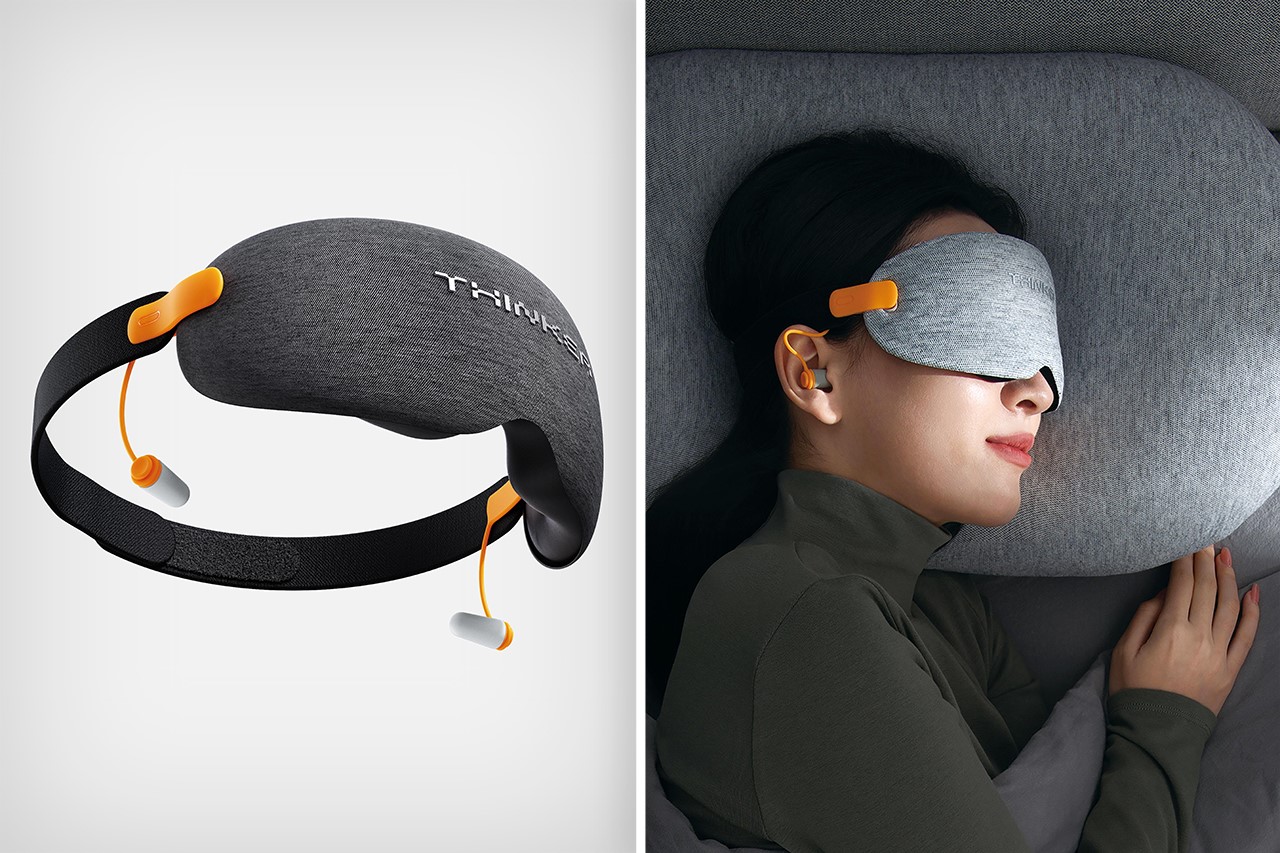
The O-Vision Noise Cancellation Sleep Mask offers 3D noise reduction and total light blockage for peaceful, high-quality sleep. Its innovative design combines 3D noise cancellation technology with a pressure-free, light-blocking eye mask. Breathable materials ensure comfort, while advanced noise-isolation earplugs create a quiet sleep environment. The earplugs are easily replaceable and come in a convenient silicone package, making this a portable and comprehensive sleep solution.
Ingo – Reusable CGM & Insulin Pump by Chris Kilbane & Maxwell Stevens
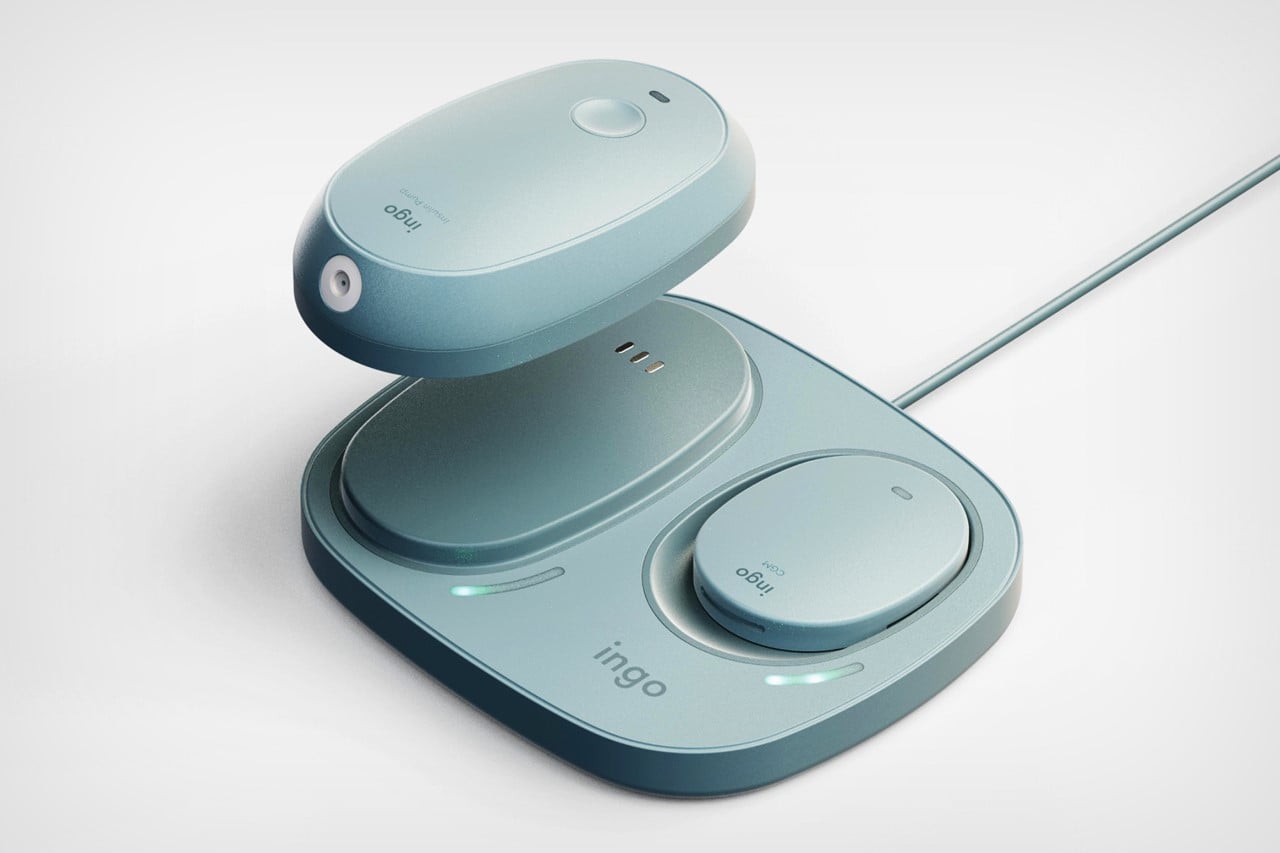
Ingo is an innovative, sustainable CGM and insulin pump that combines both functions in a compact design, eliminating the need for separate devices and tubing. It offers wireless charging and on-body insulin pump refilling for user convenience. Ingo features recyclable sensor patches, promoting cost savings and sustainability. The companion app provides real-time feedback, battery monitoring, and customization options for a personal touch.
Geneverse SolarGenerator S1 by Bai Wei, He Jiajin & Yin Xiaowei
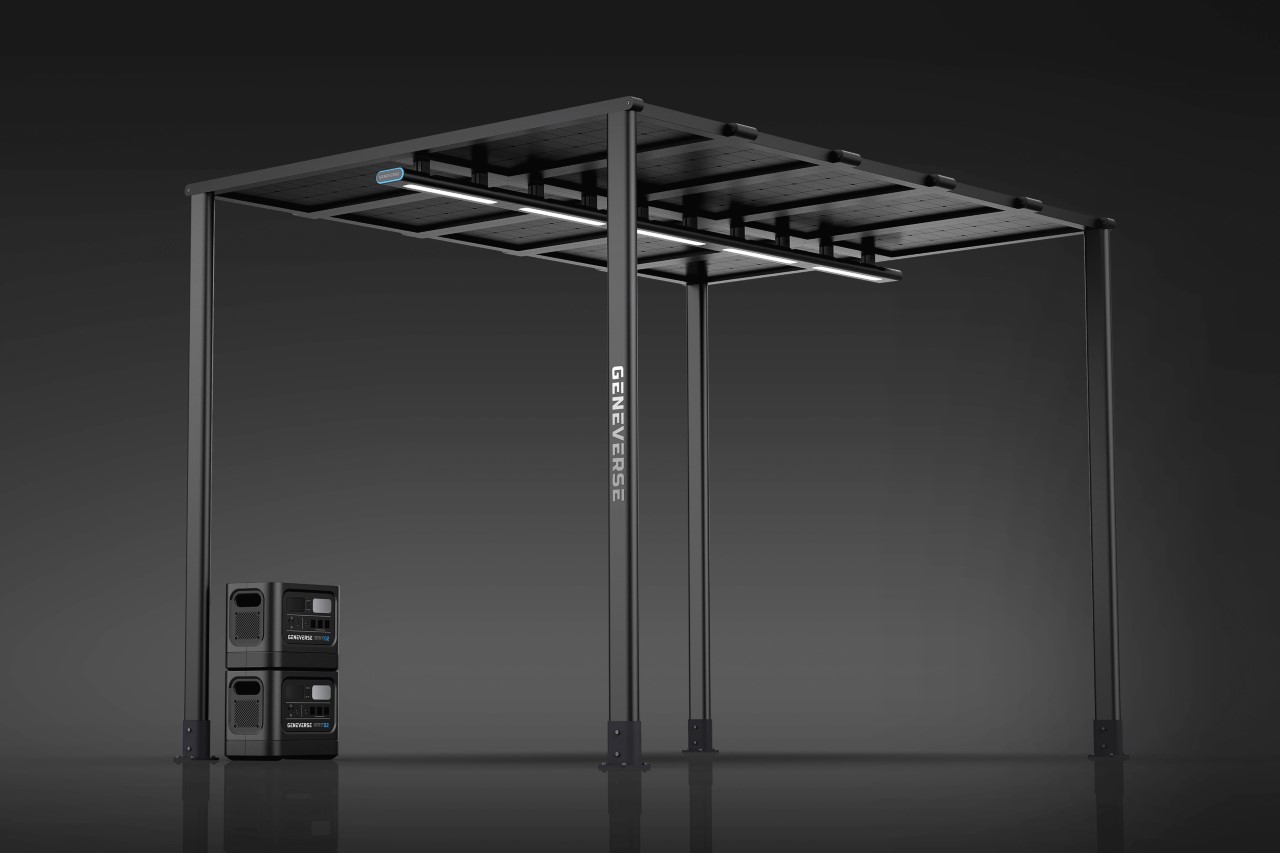
The Geneverse SolarGenerator S1 is a customizable modular photovoltaic sunshade with 200w double-sided solar modules. It cools spaces, generates electricity, and stores it in your home energy system. These modules continuously convert clean energy, reducing household expenses. It features a self-circulating lighting system and a sturdy, foldable design for easy transportation and installation.
INO200 Intraoral Scanner User System by Zhao Yachong, Song Weiwei, Su Zhendong, Sun Jia, Wang Gege & Zhao Yachong
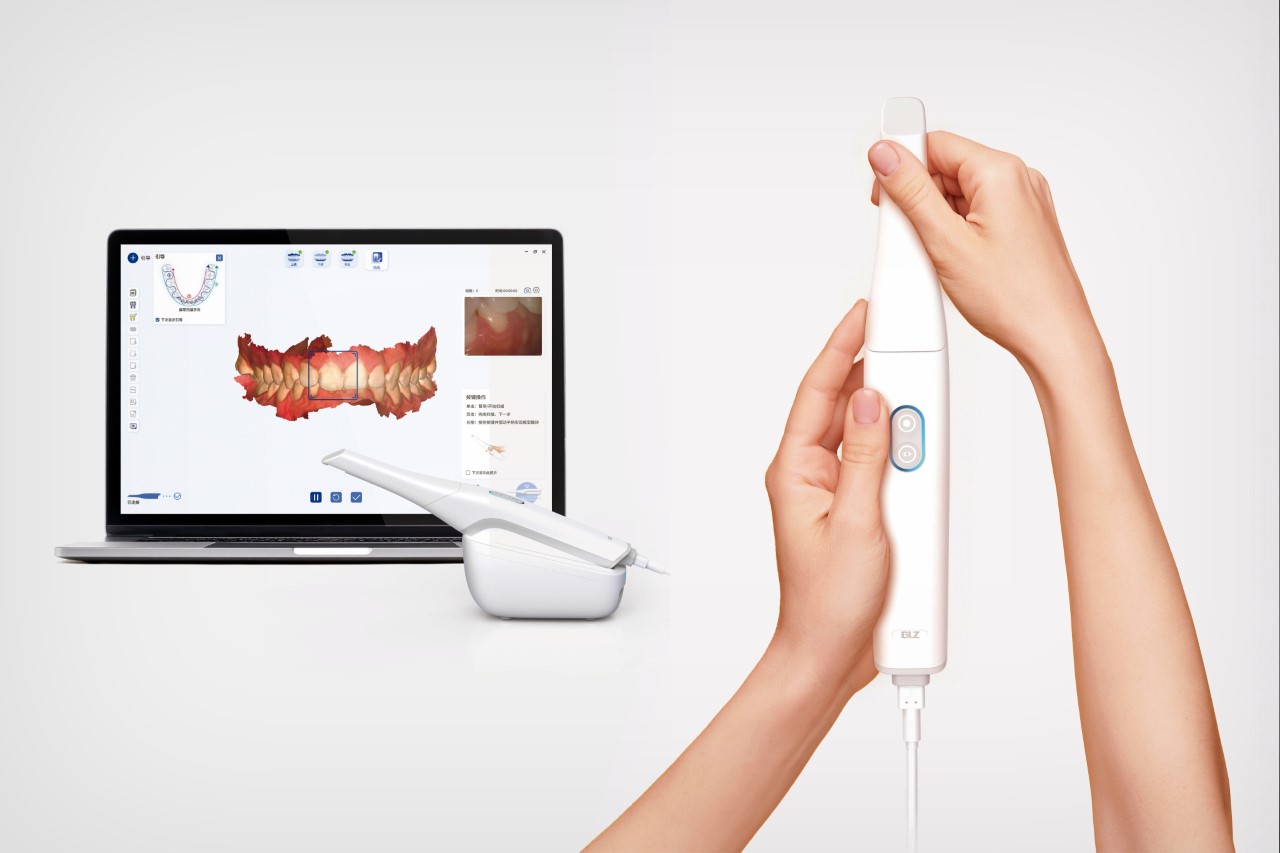
The INO200 Intraoral Scanner User System streamlines dental digitization for dentists and patients. Using advanced 3D technology and multifunctional software, it delivers real-time, cost-effective, and accurate impressions. Designed for ease of use, it accommodates different patients, sterilizes easily, and offers intuitive controls. The tiny handheld scanner packs AI technology and cloud integration, helping improve accuracy/efficiency, and enabling real-time tracking and convenience for both doctors as well as patients.
Grass by Lin Chih-Hong Chan Chi-Yin, Huang Yu-Ming, Jian Ling-Chien & Luo Jia-Wei
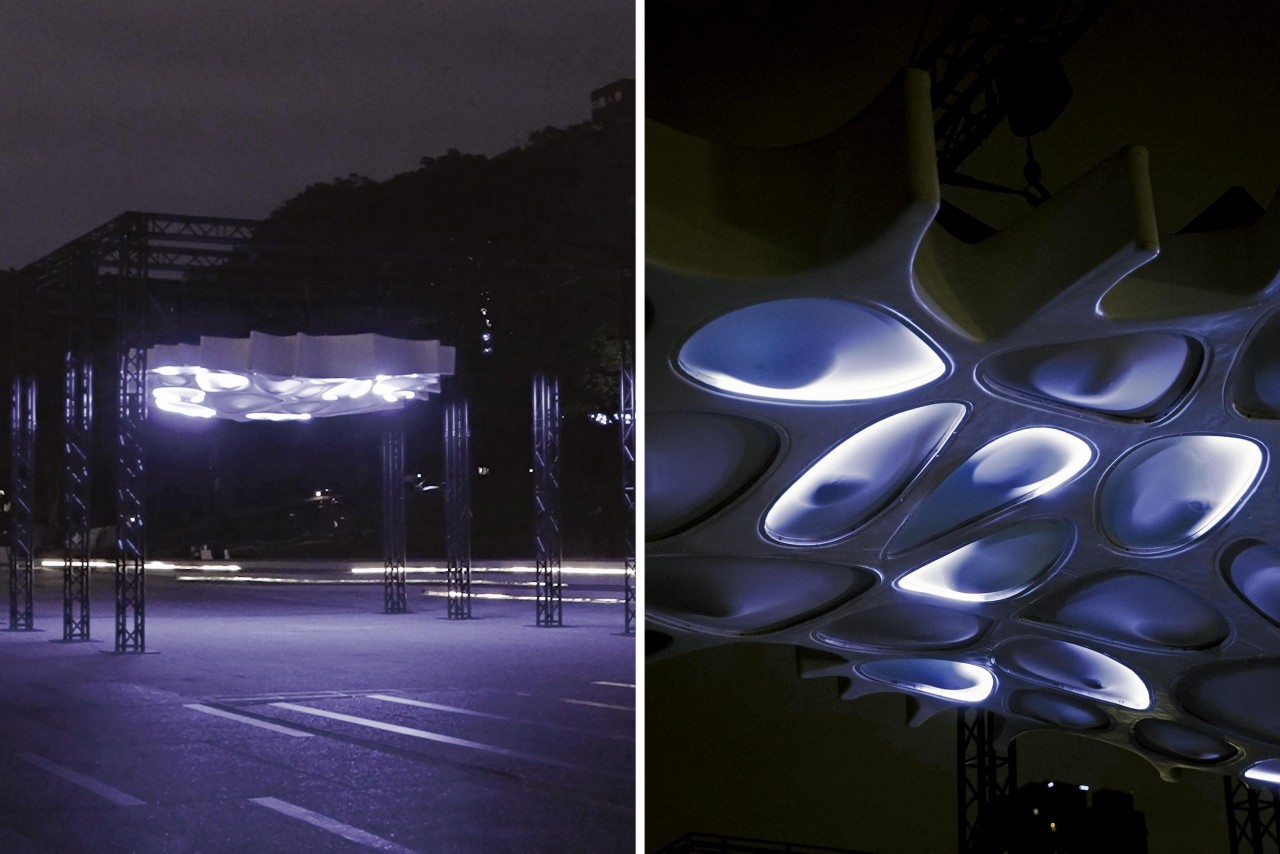
Dubbed ‘Grass’, this awe-striking light installation uses real-time traffic data to capture the city’s vitality, reflecting the dynamic interaction between cities and people. It offers a unique perspective on urban expansion, breaking away from traditional light and shadow art. Each individual cell varies in size, undulation, and pattern, and depicts major traffic routes in the same way that buildings and roads do in cities. The cells glow bright or dim depending on the activity/area they represent, creating a unique expression of a city that looks at urban planning and life through the eyes of artists.
Lunet by David Edquilang (Luminary Winner)
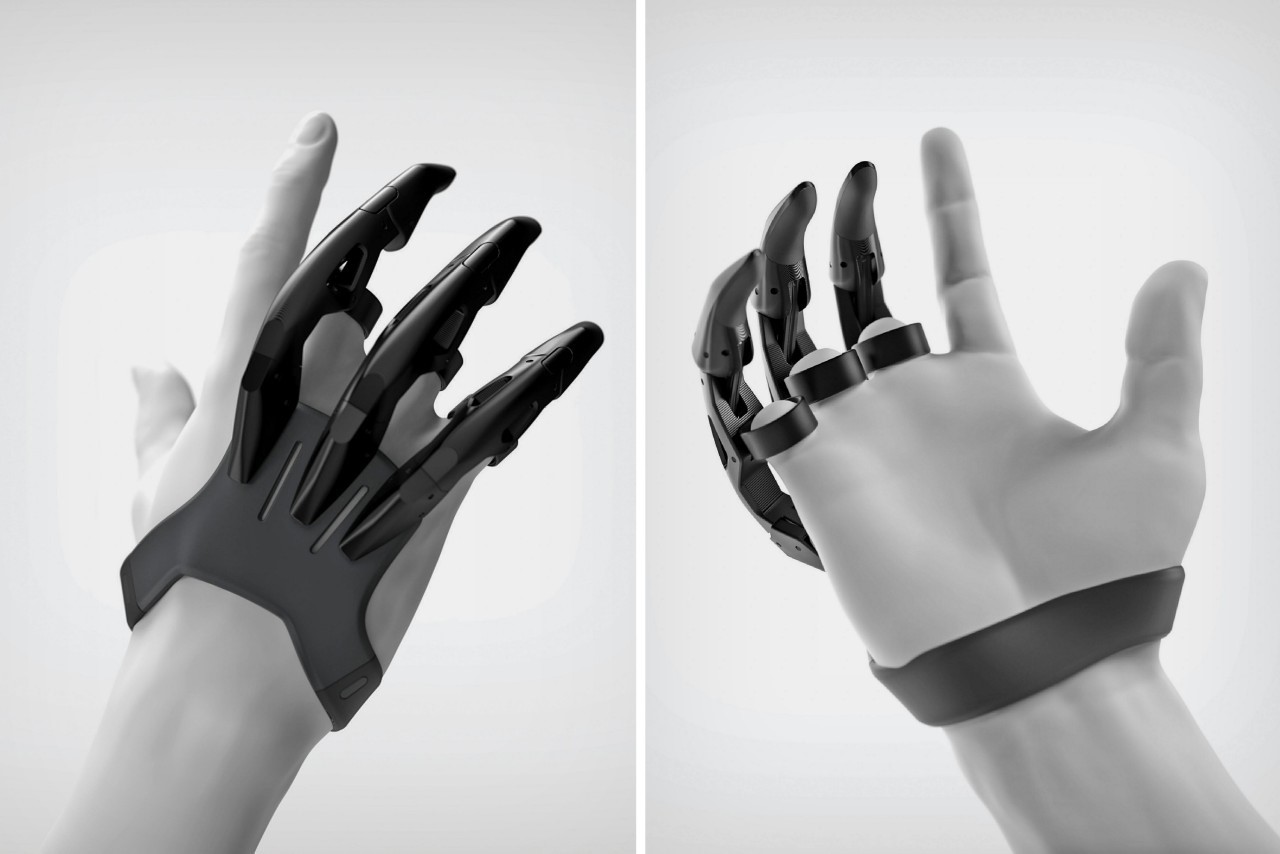
A winner of this year’s Luminary Award, Lunet is an affordable, 3D-printed mechanical finger prosthesis designed to restore finger functionality for amputees worldwide. Produced through 3D printing, it’s customizable in style (CMF) and anatomical fit, thanks to parametric modeling and a modular design that allows for micro-adjustments based on ergonomics. Lunet’s snap-together, metal-free assembly features a robust linkage mechanism mimicking real finger motion. With 3D printing’s accessibility, Lunet offers a cost-effective solution, priced at less than 1% of commercial alternatives.
Click here to view more Award-winning designs from the Red Dot Award: Design Concept
The post Futuristic Excellence: Red Dot Awards ‘Best of Best’ to Design Concepts that Transform Humanity first appeared on Yanko Design.
